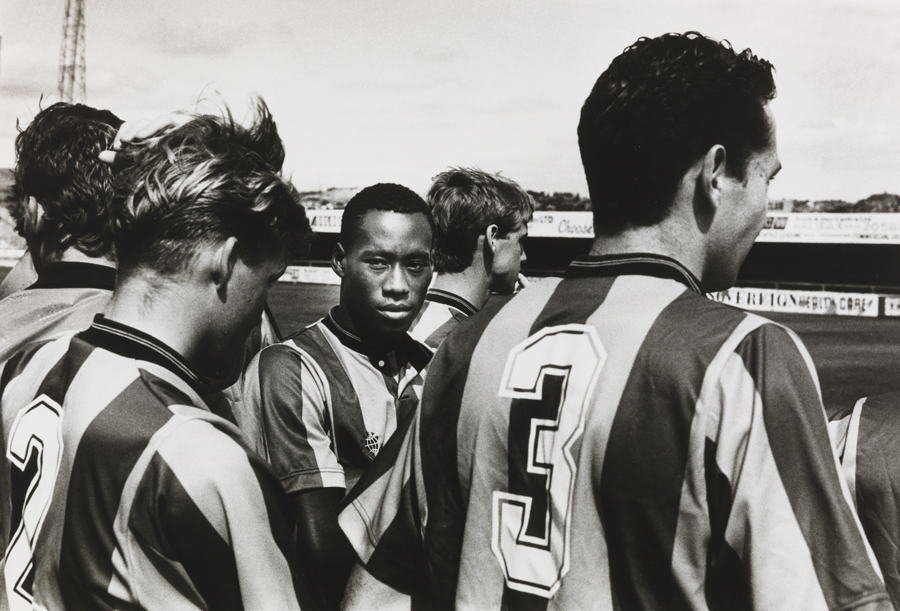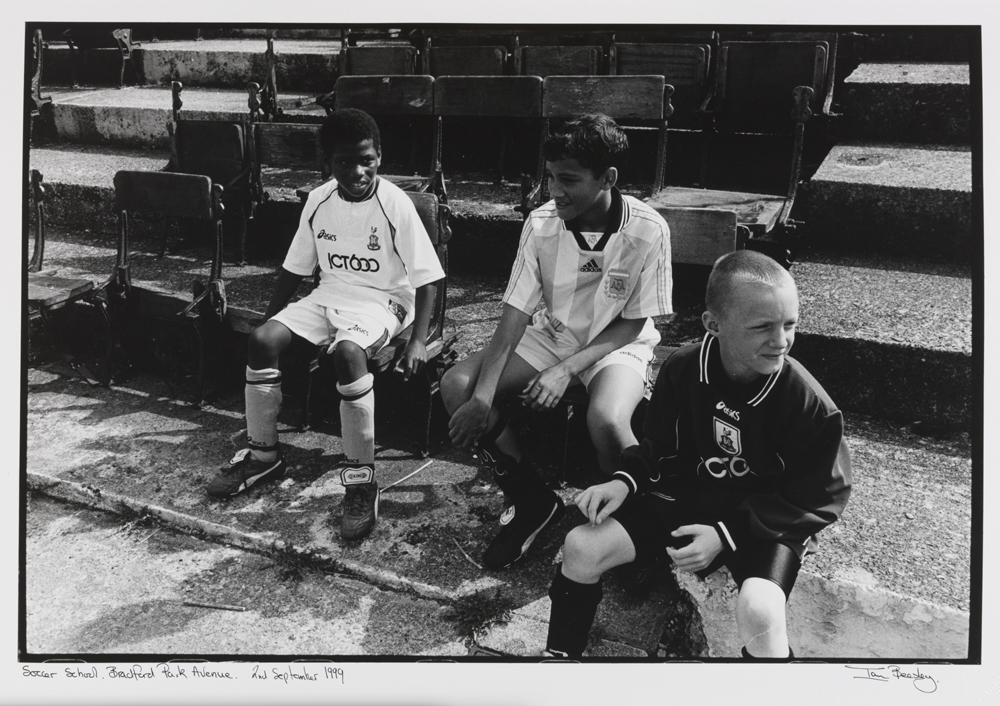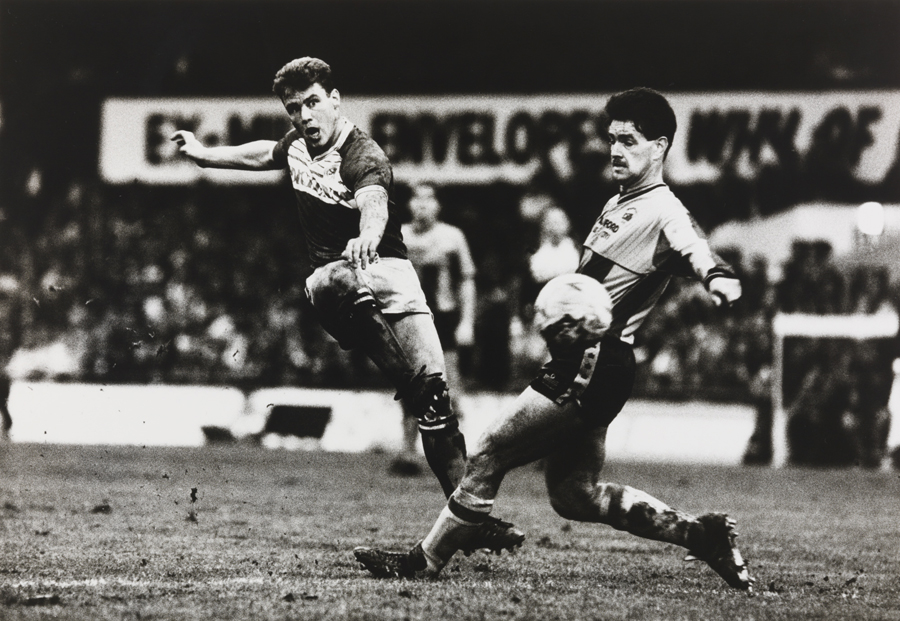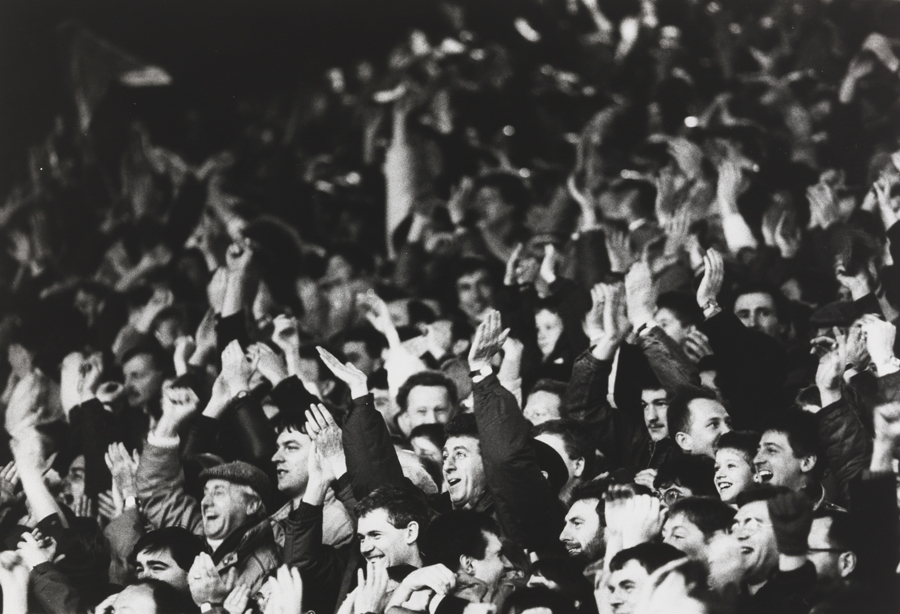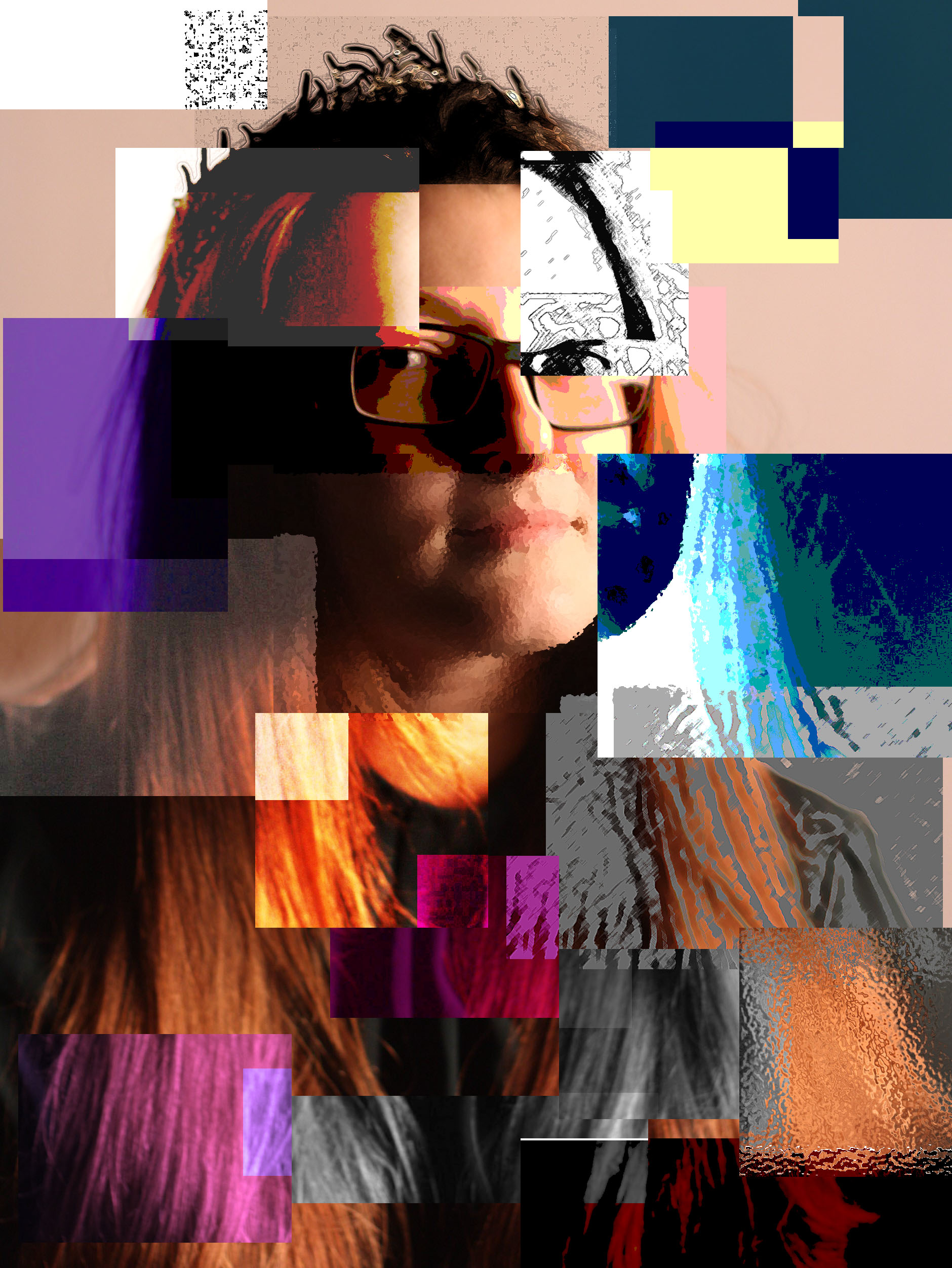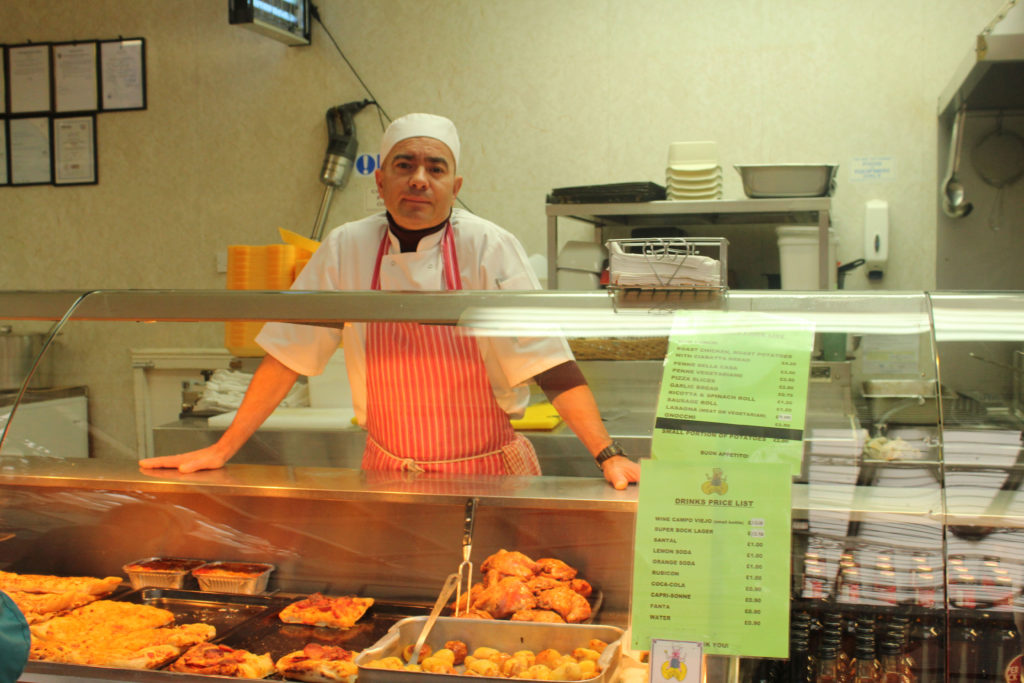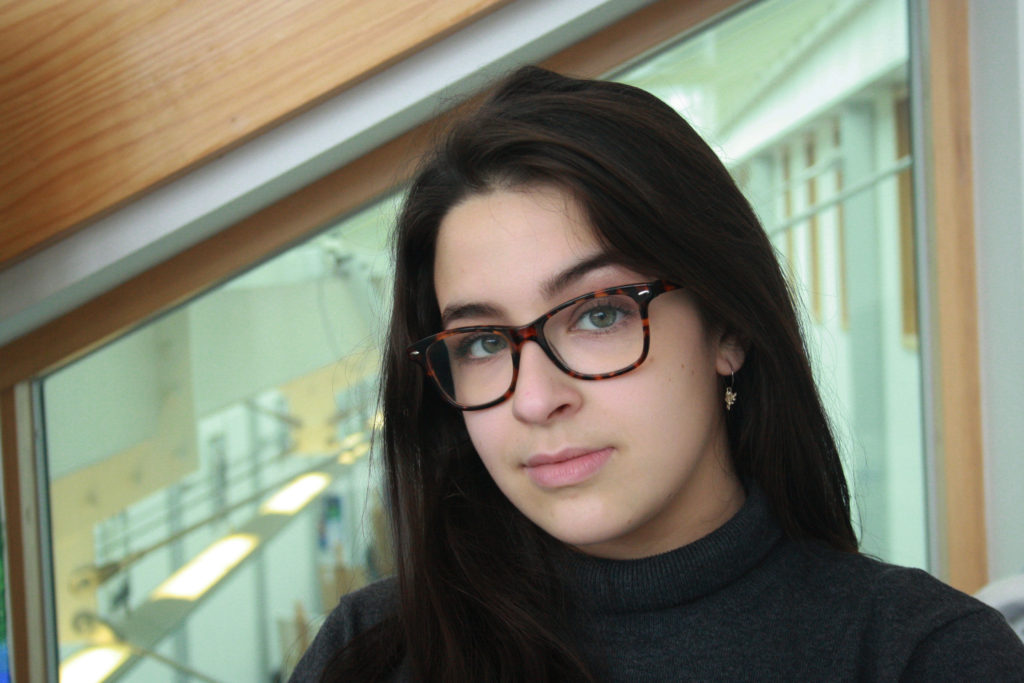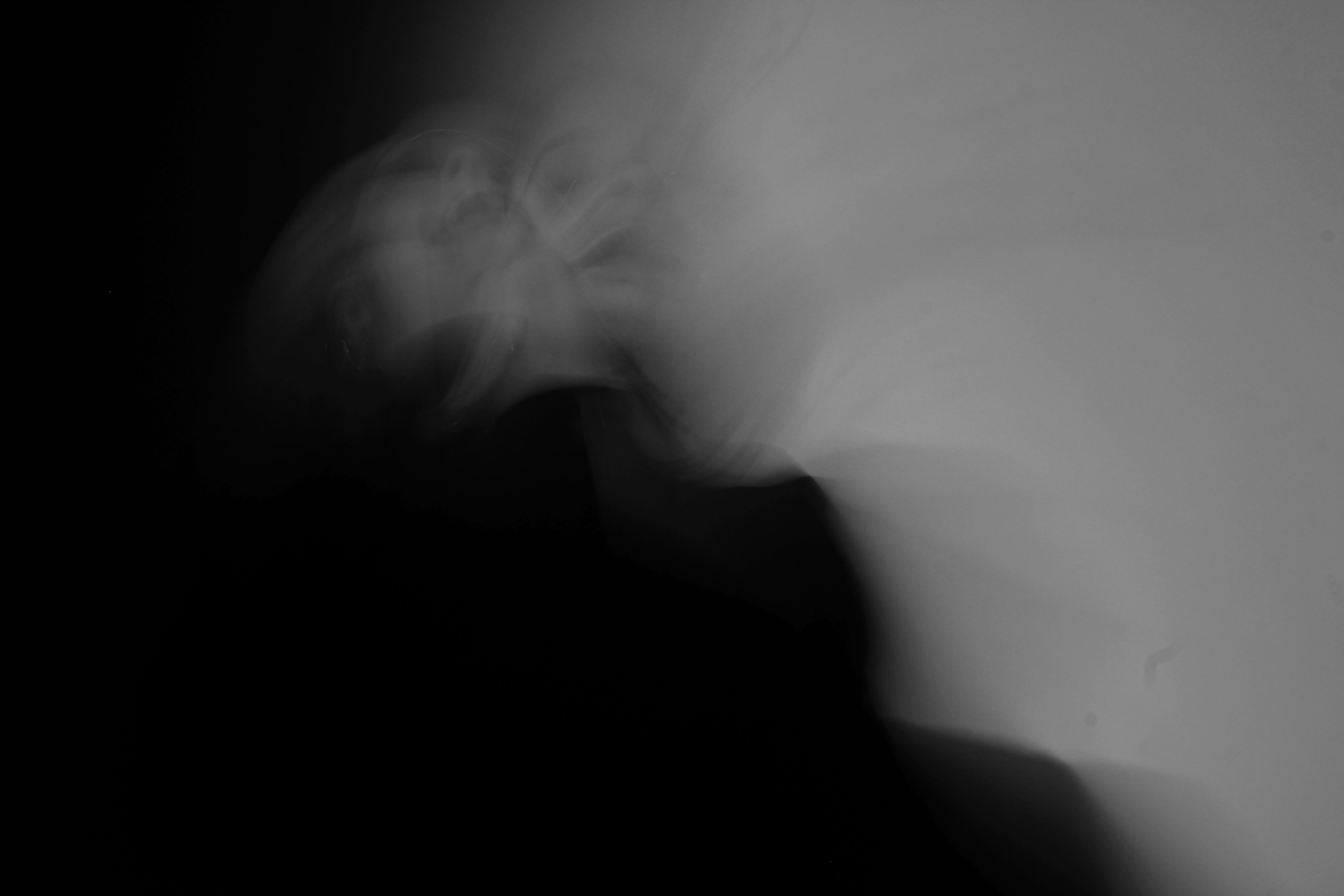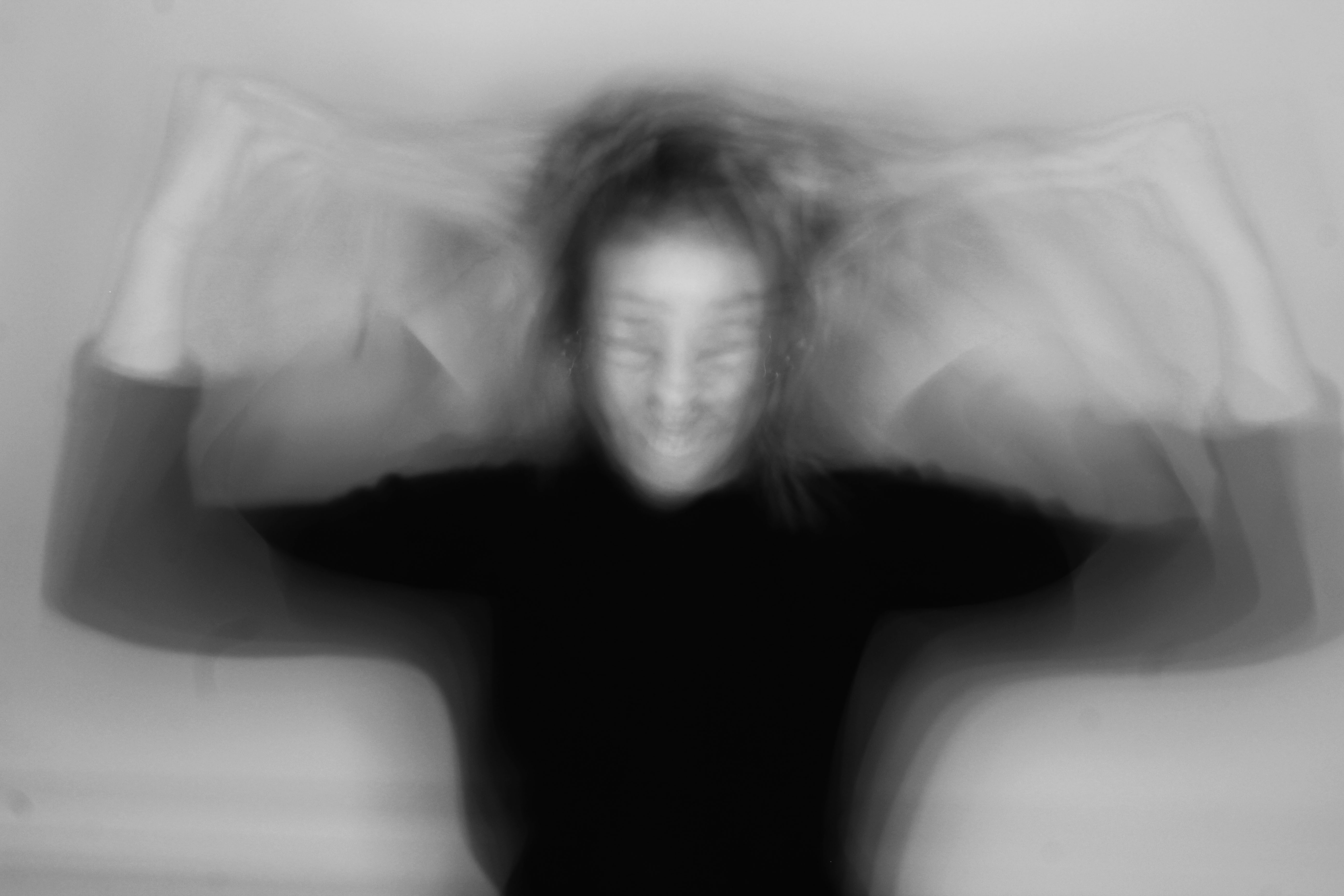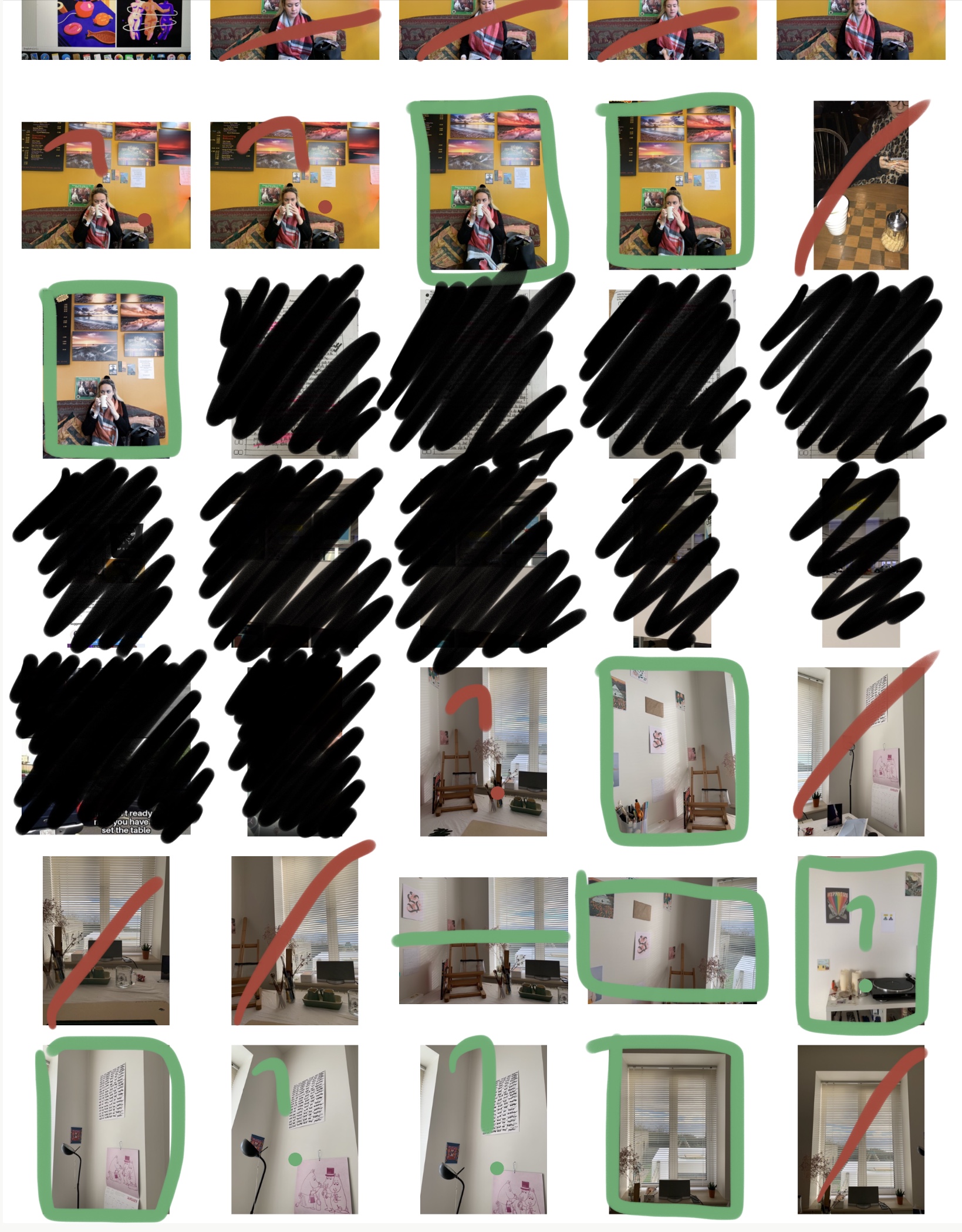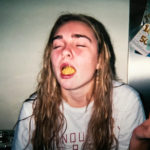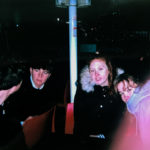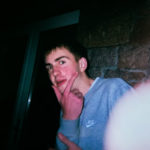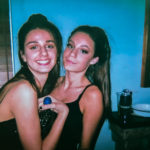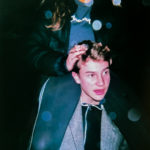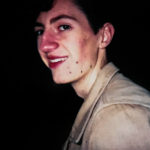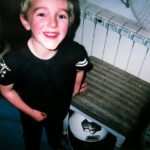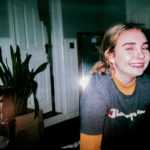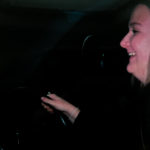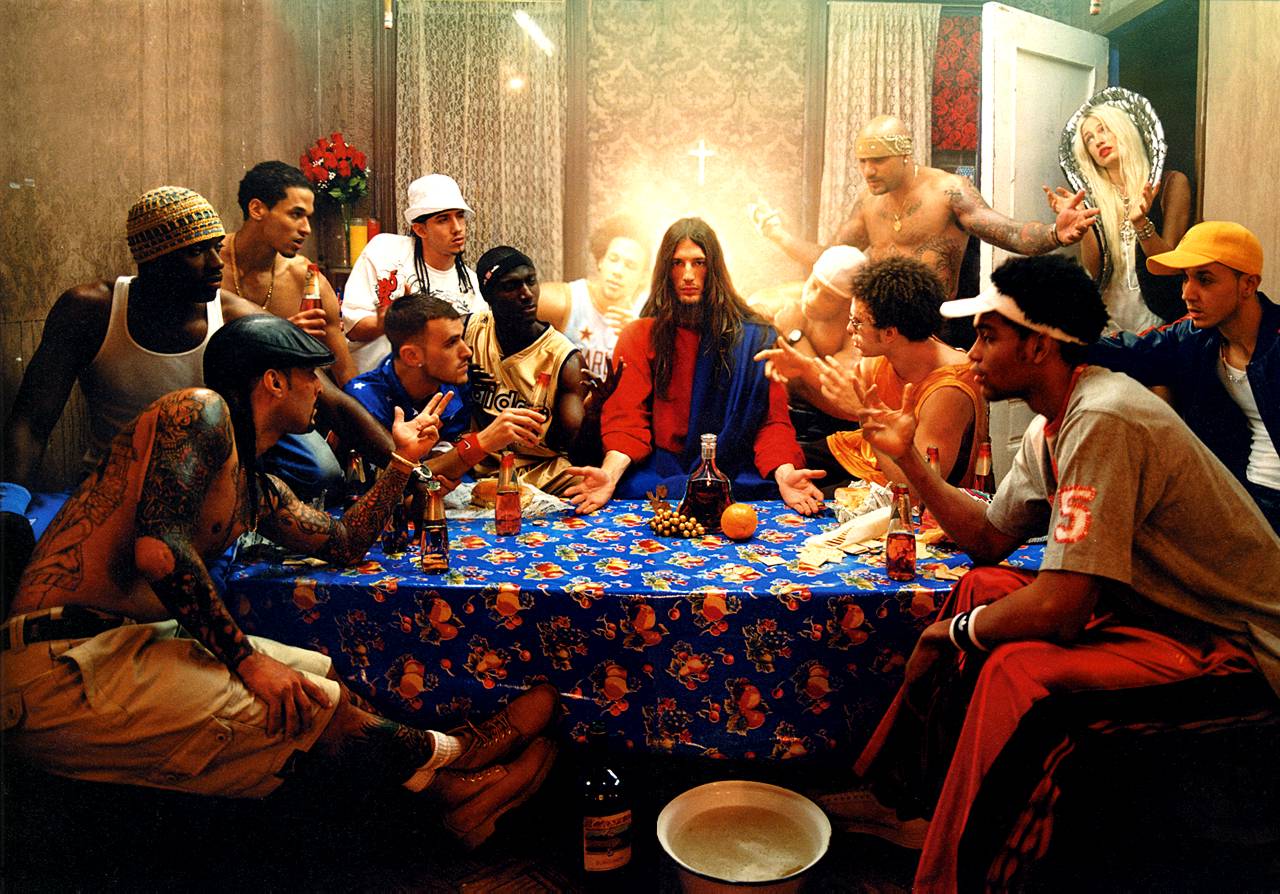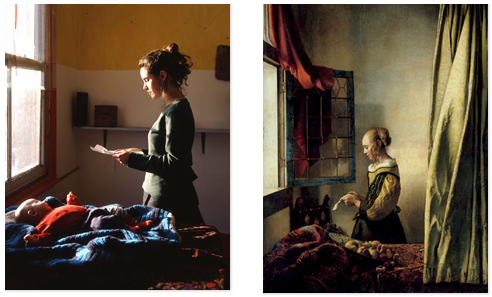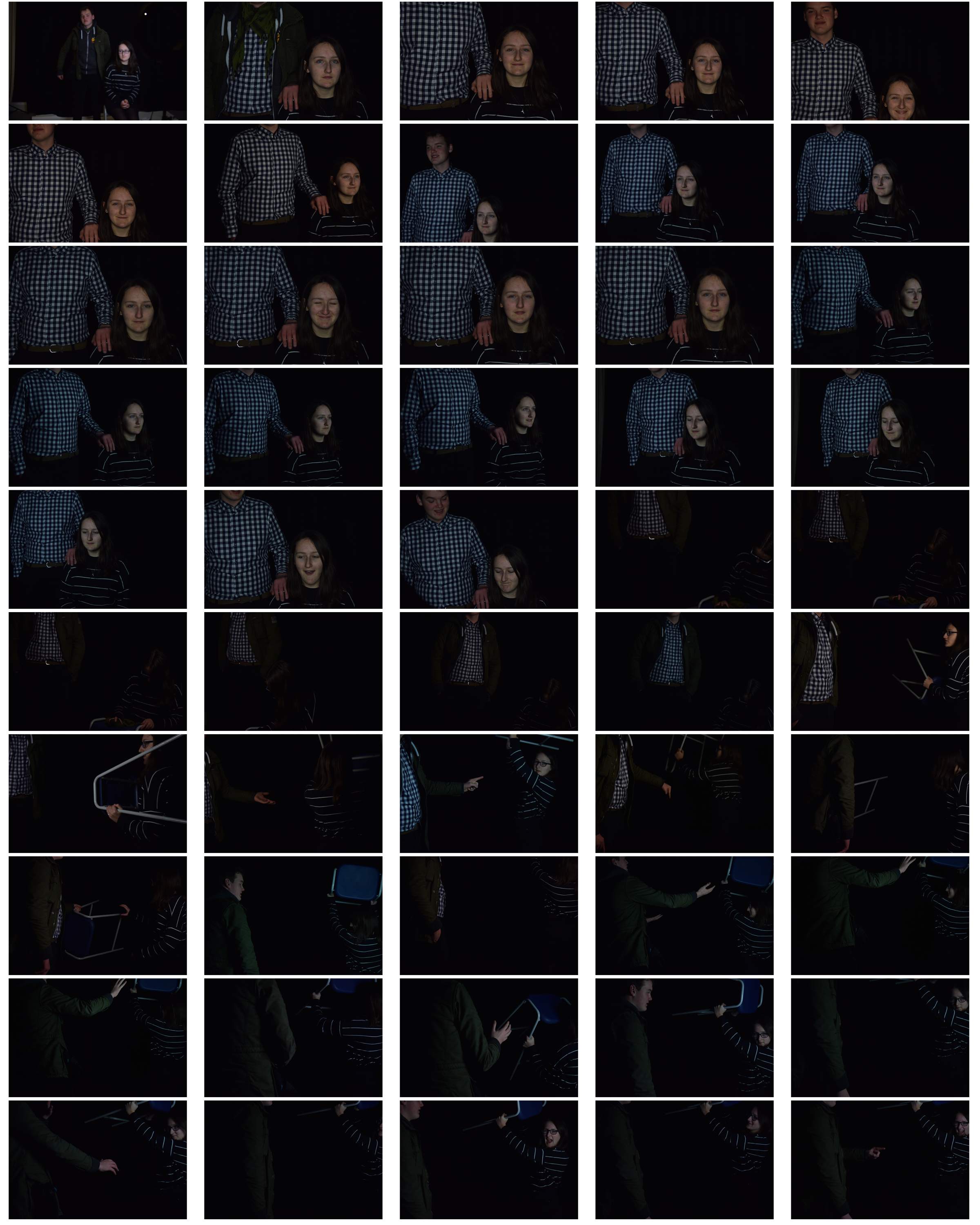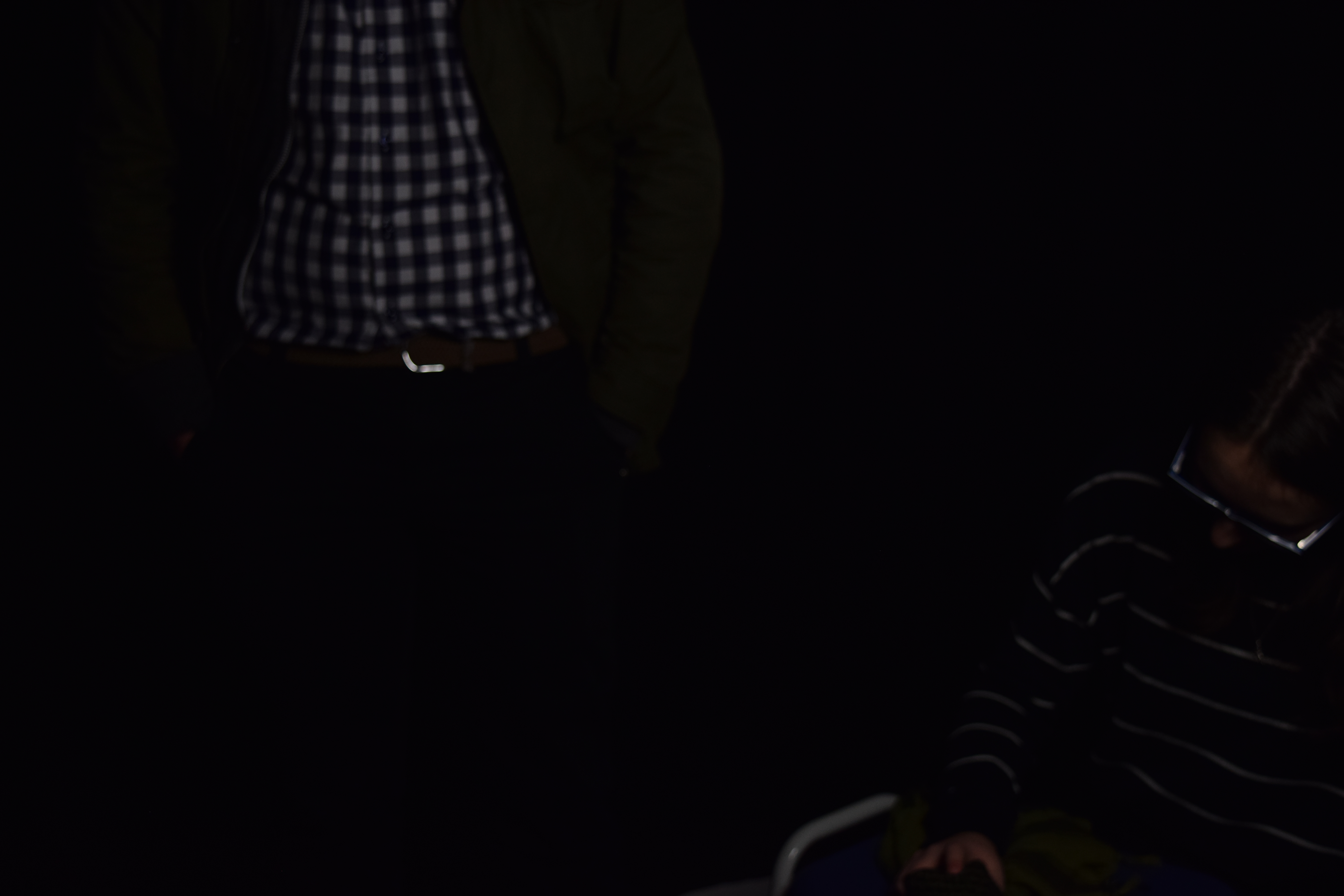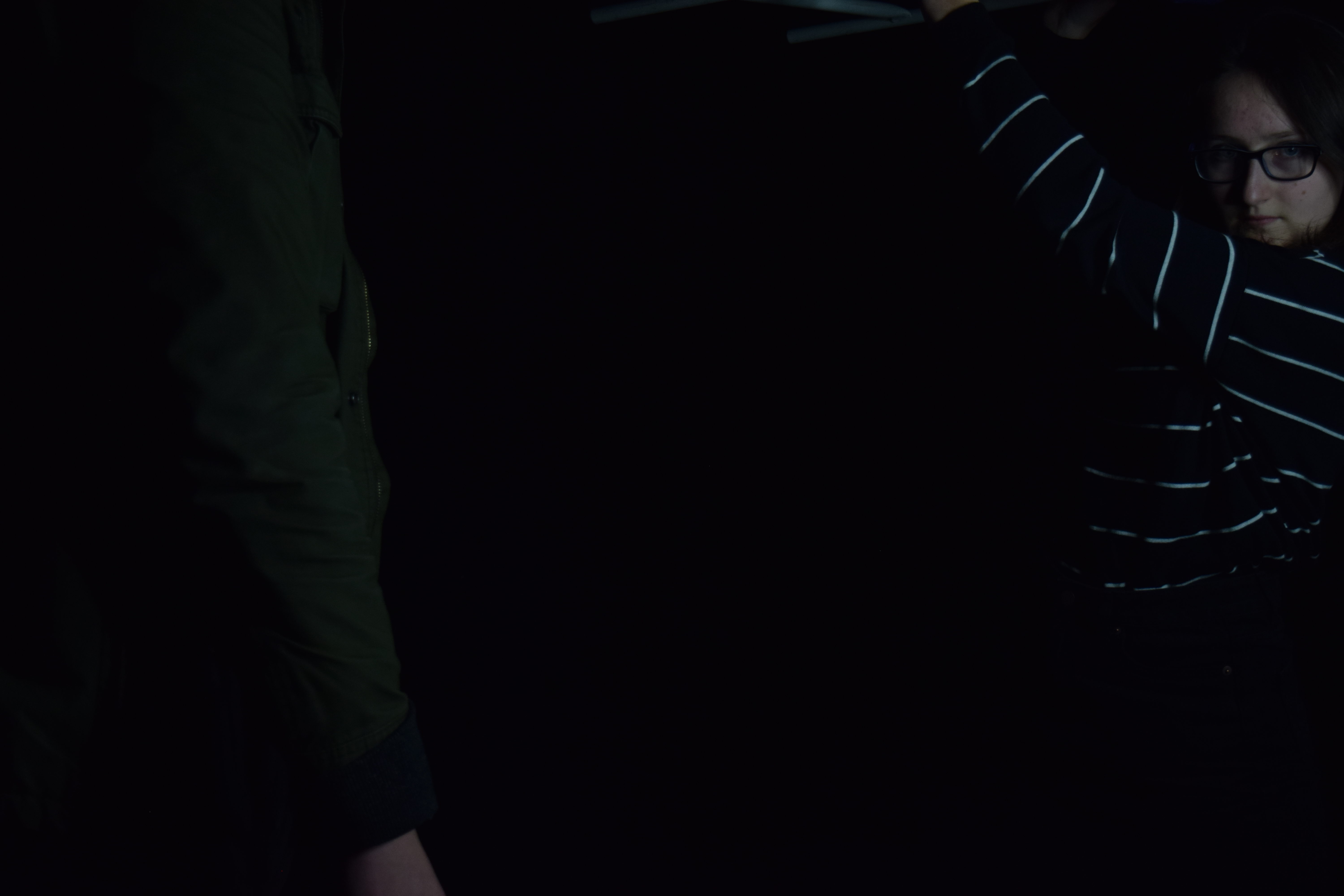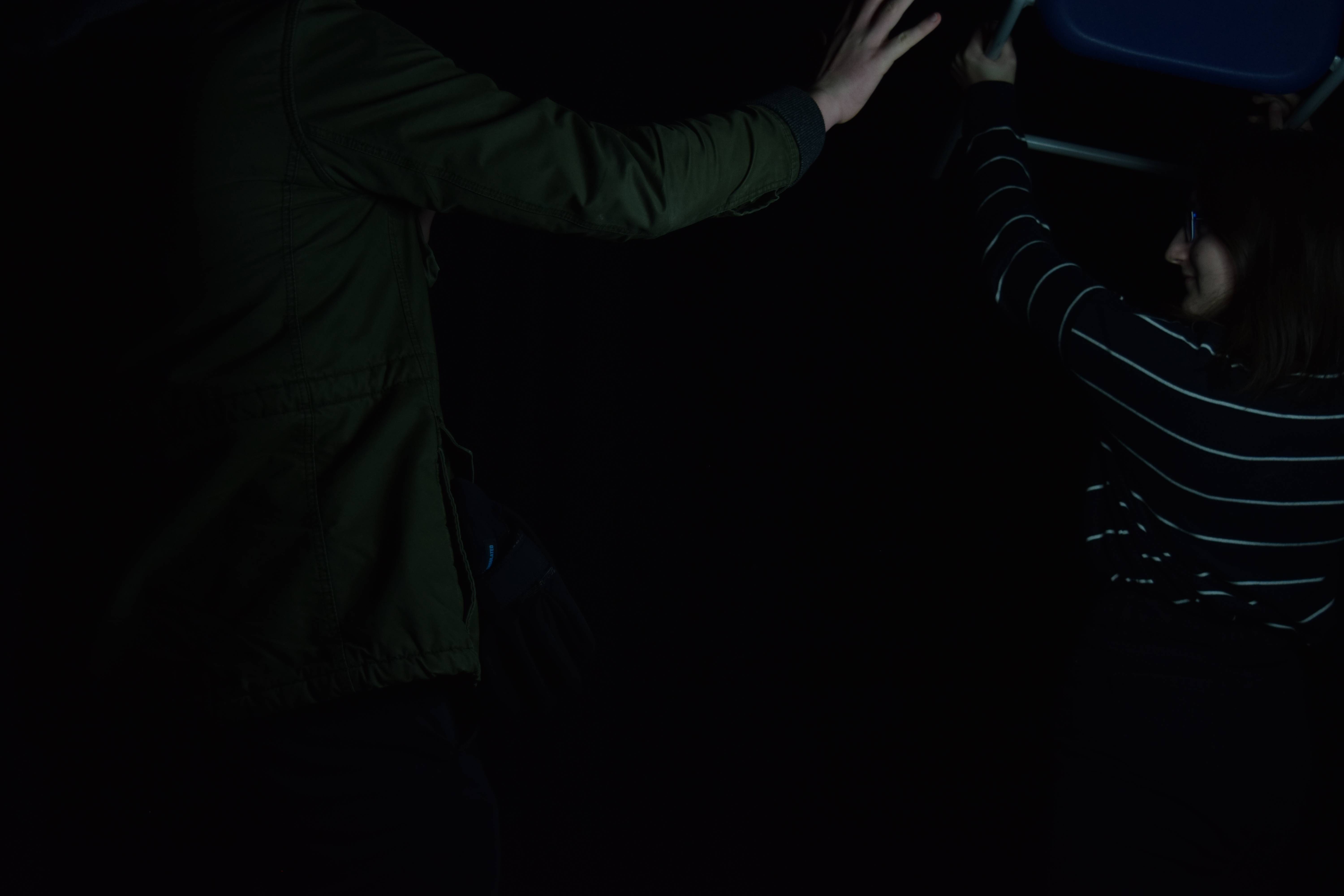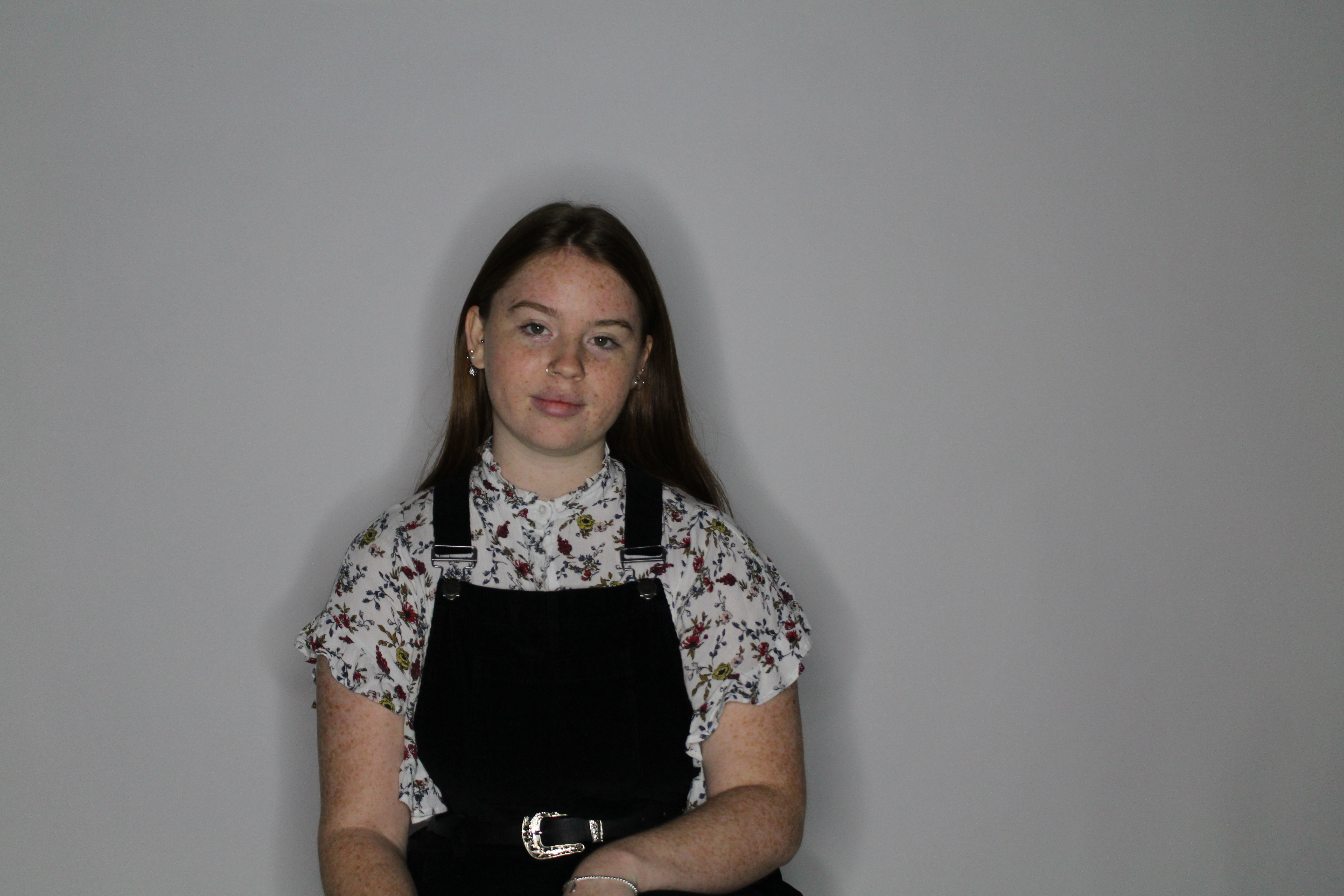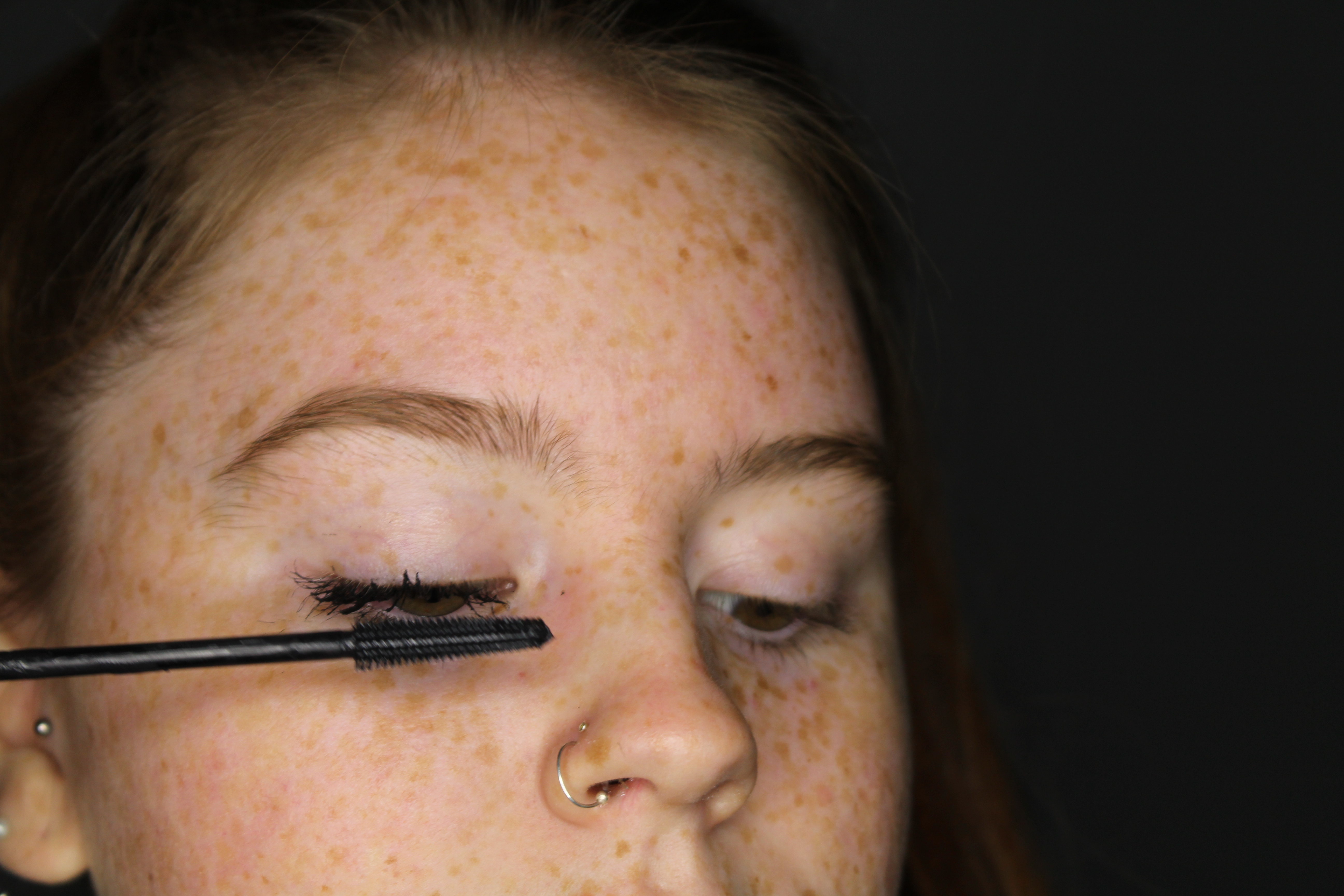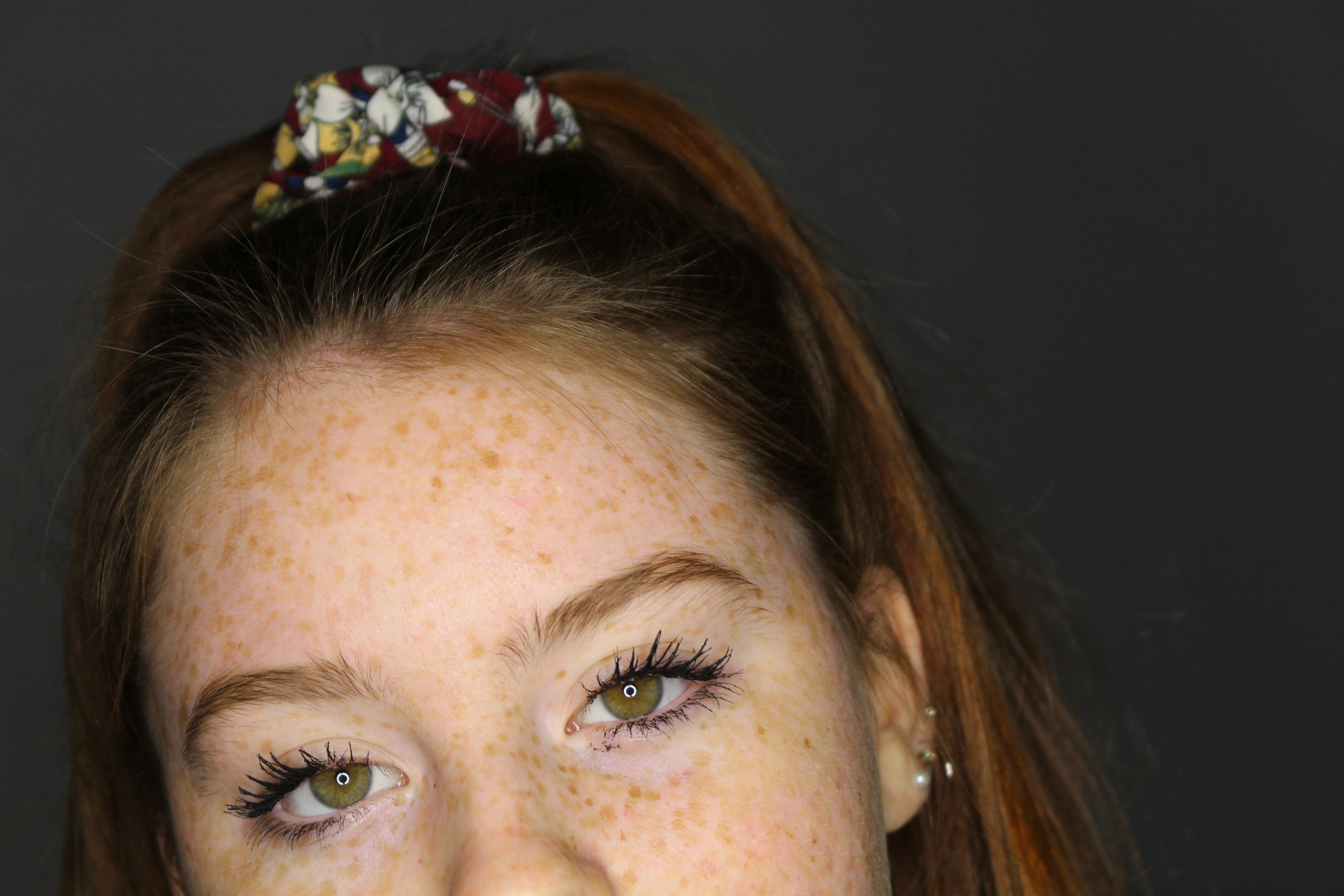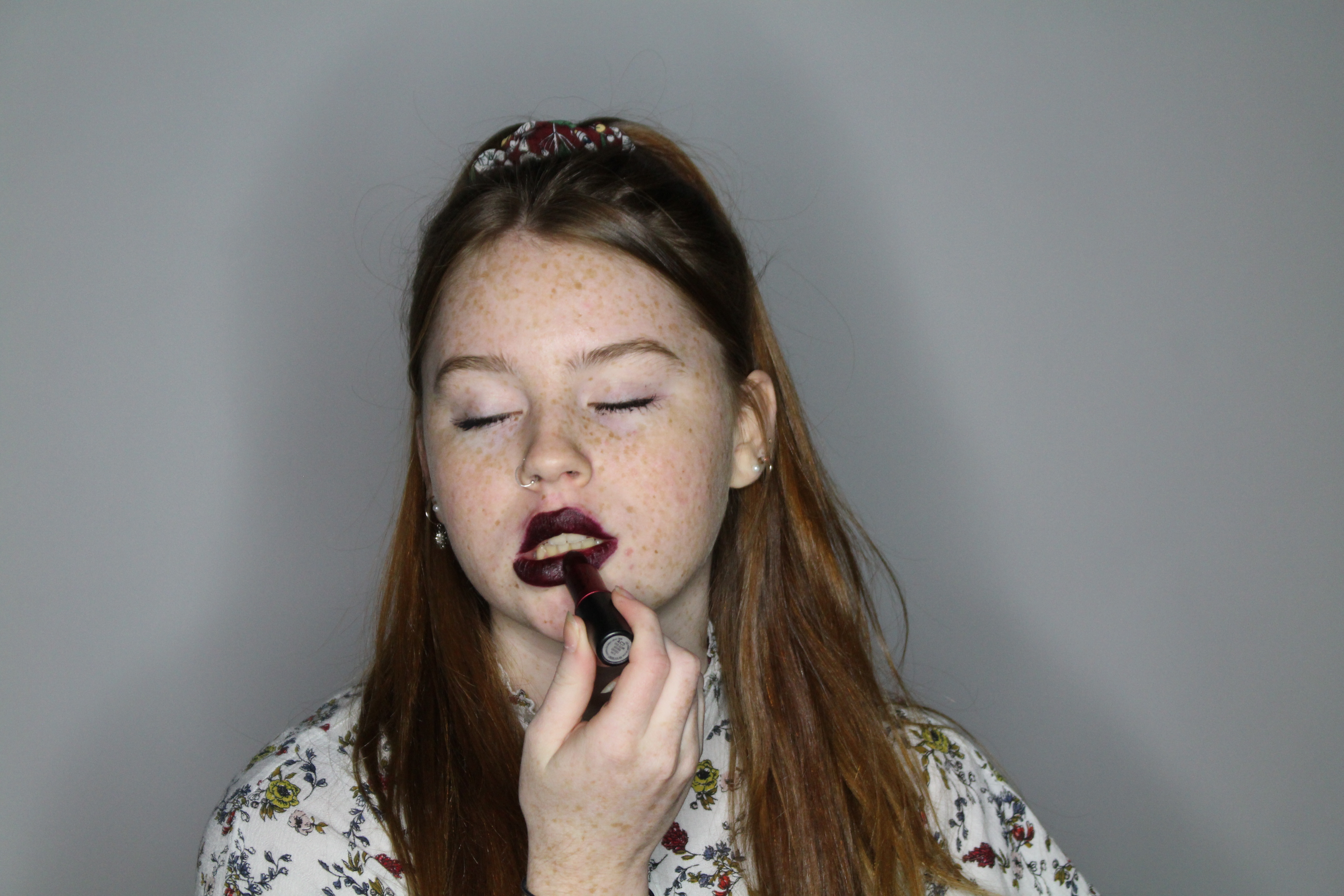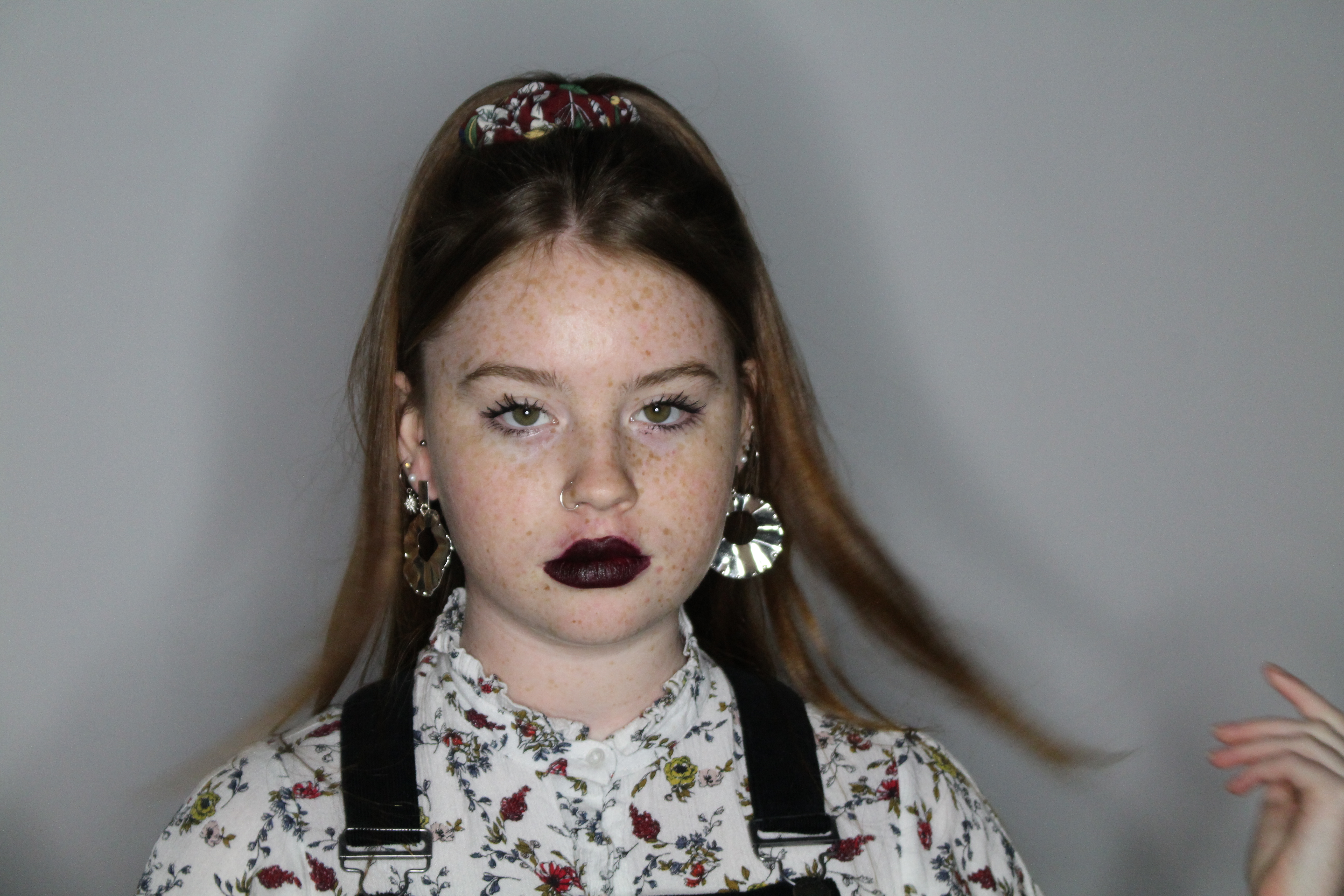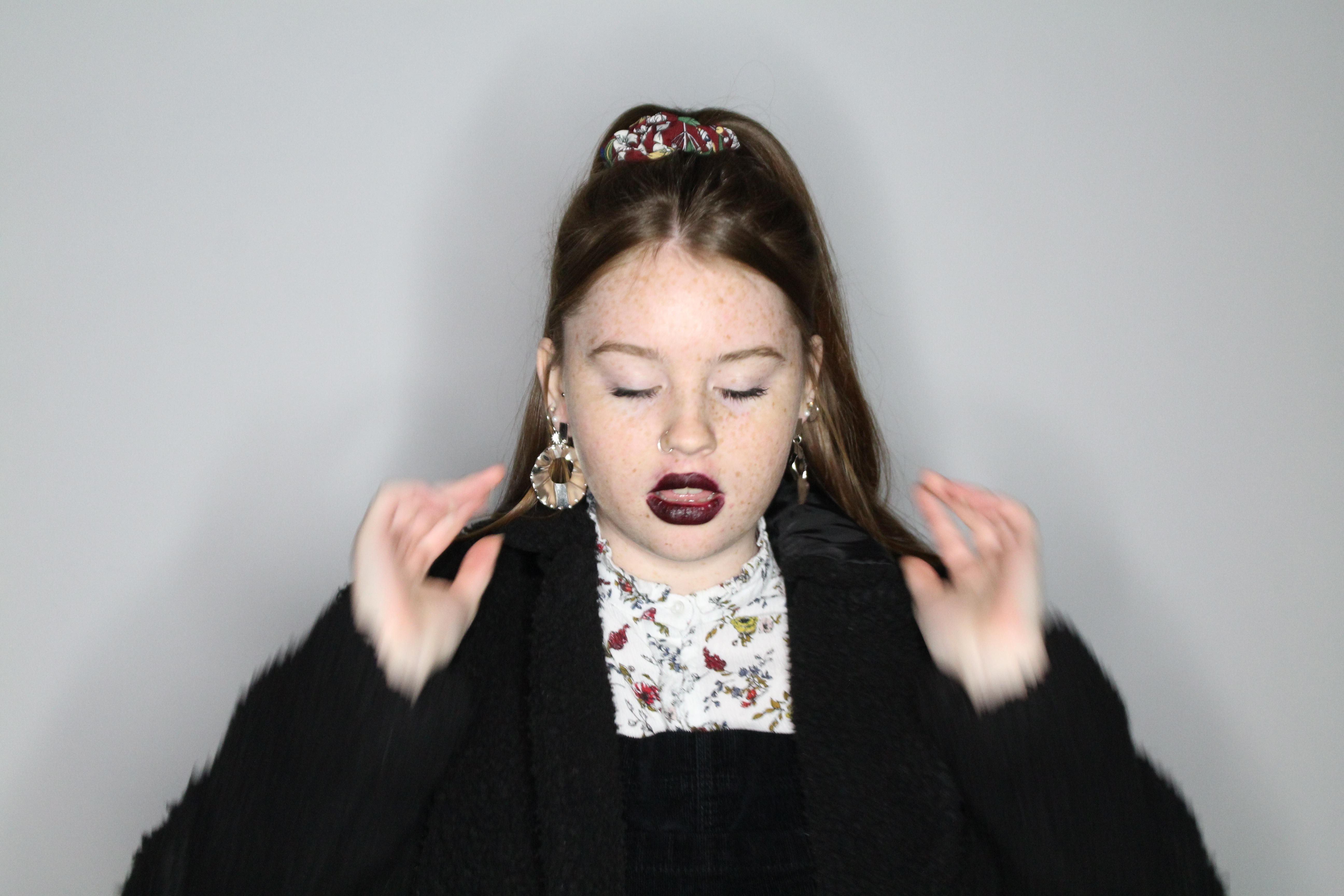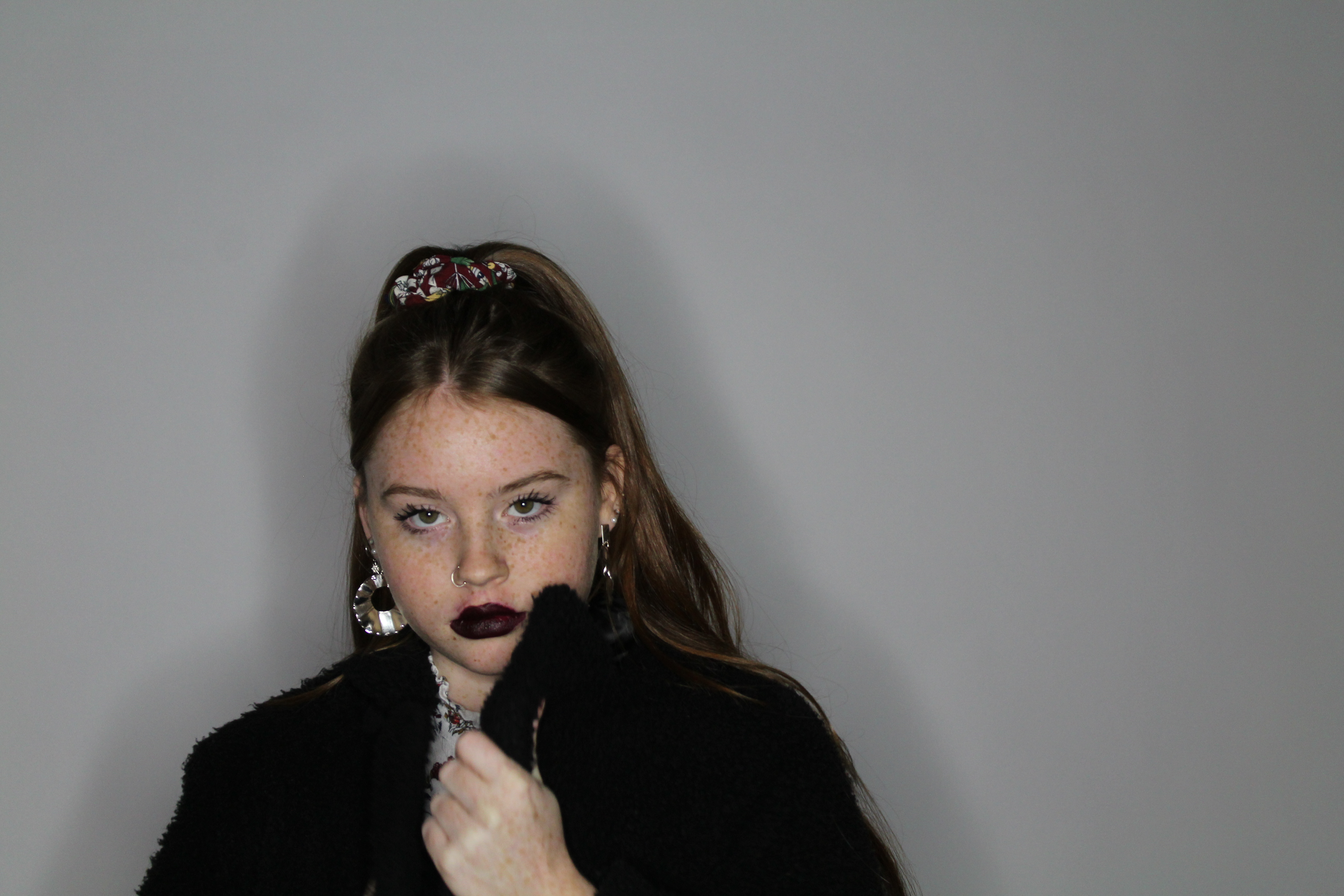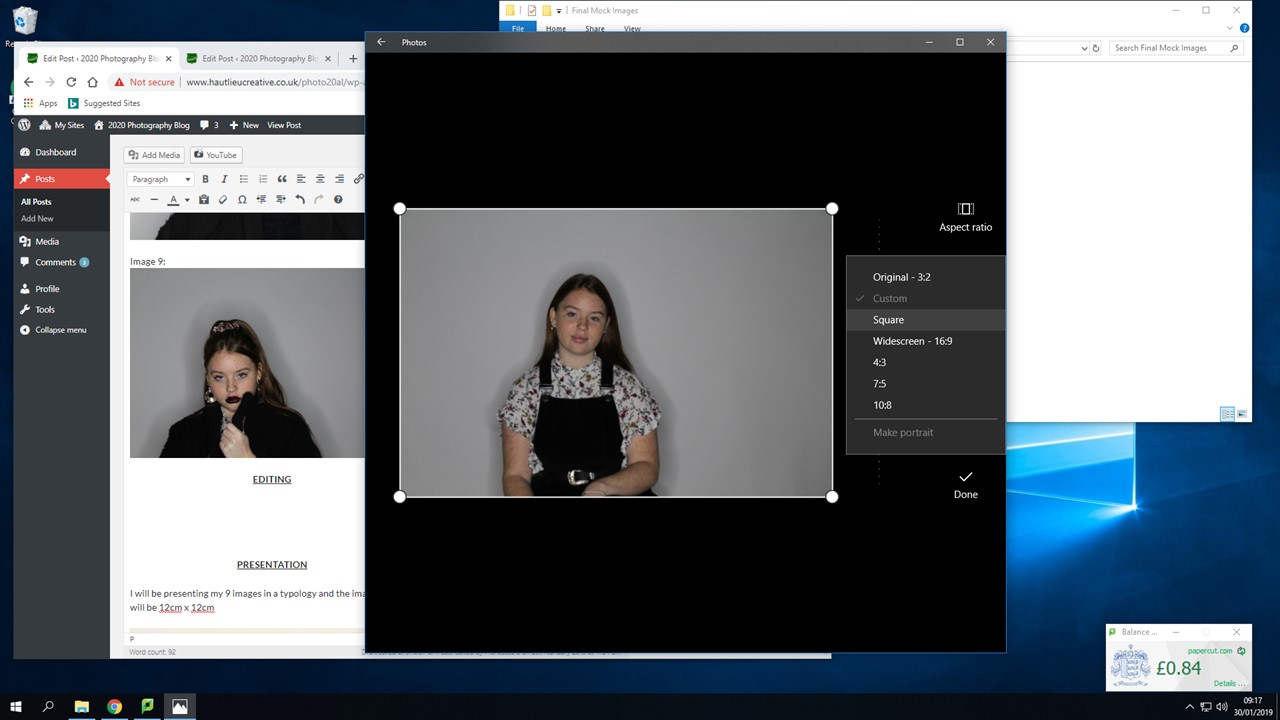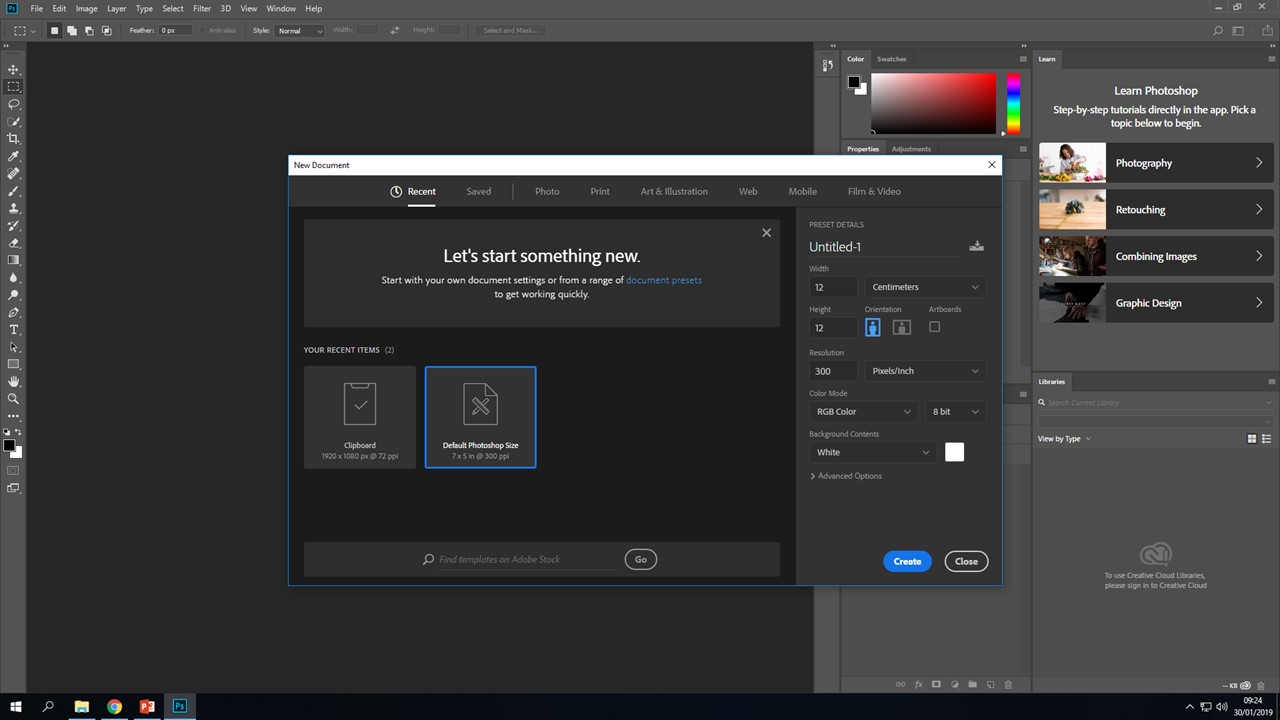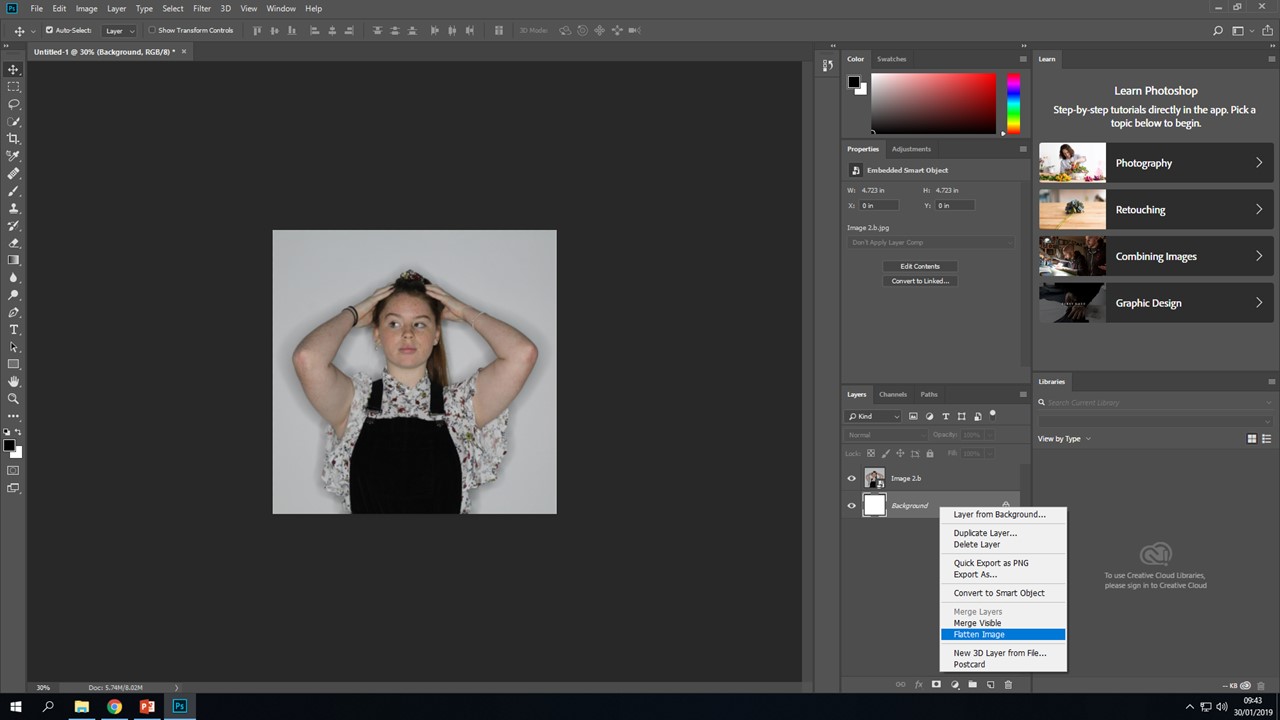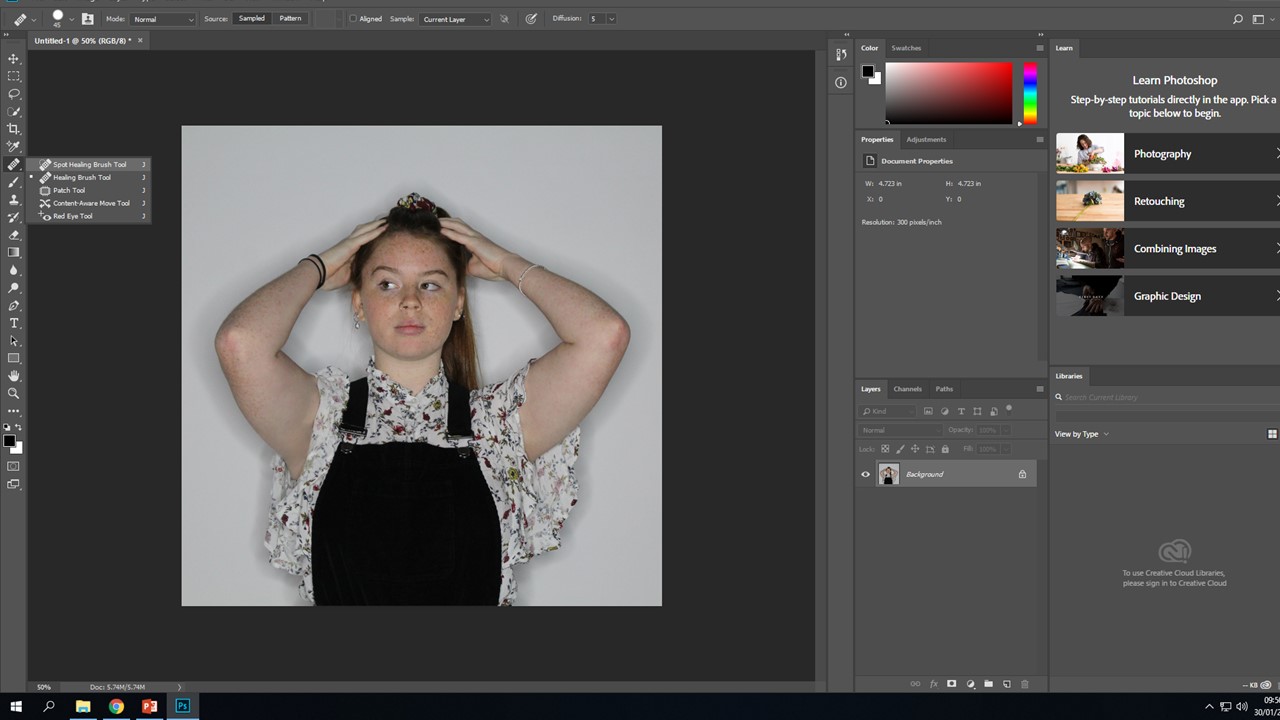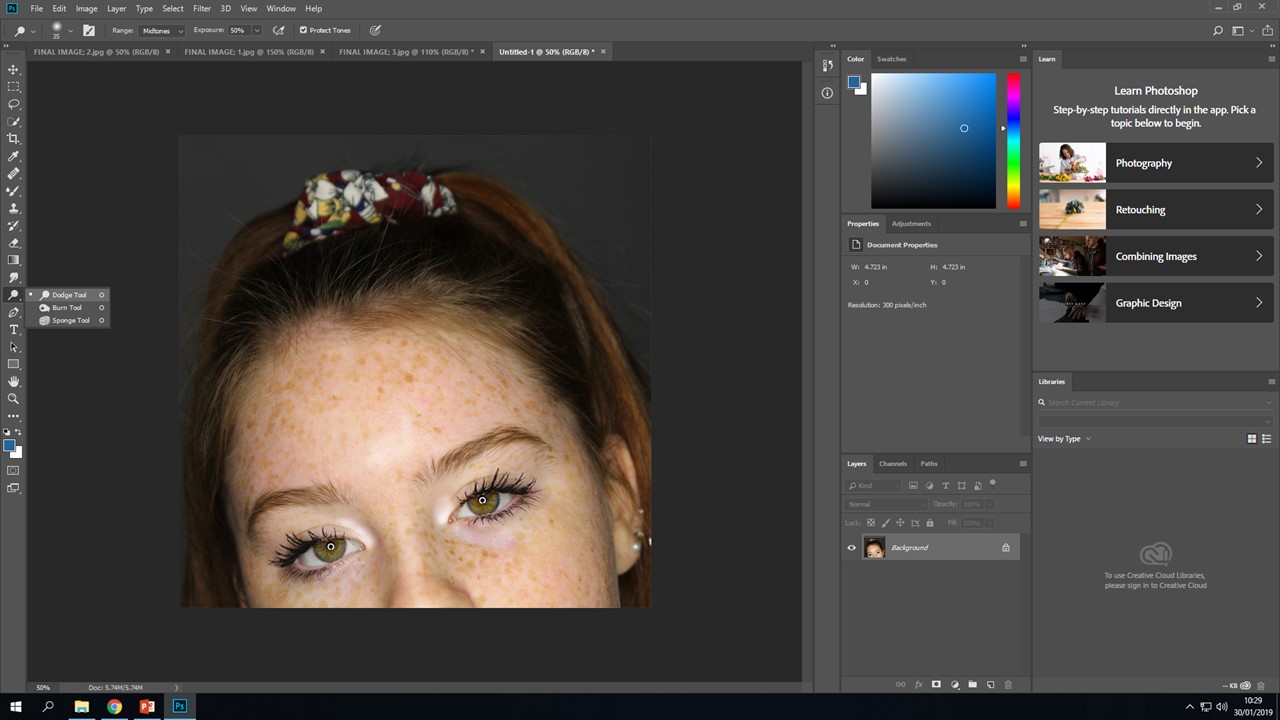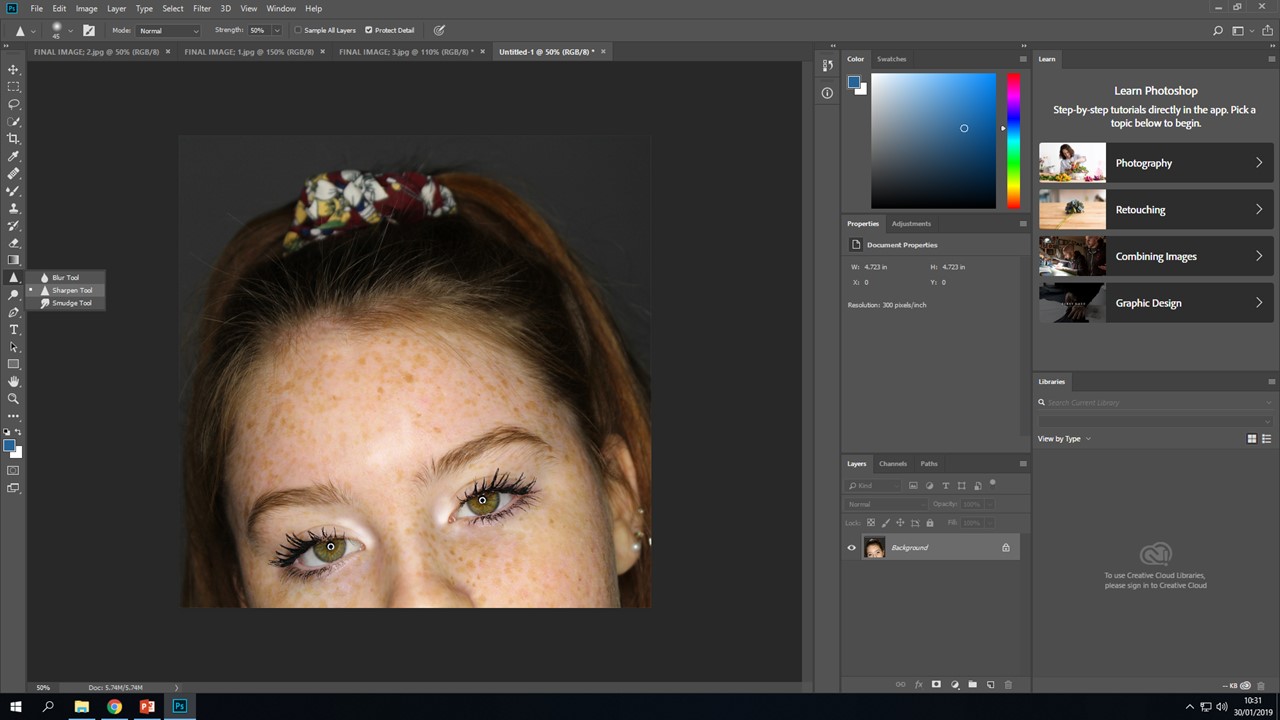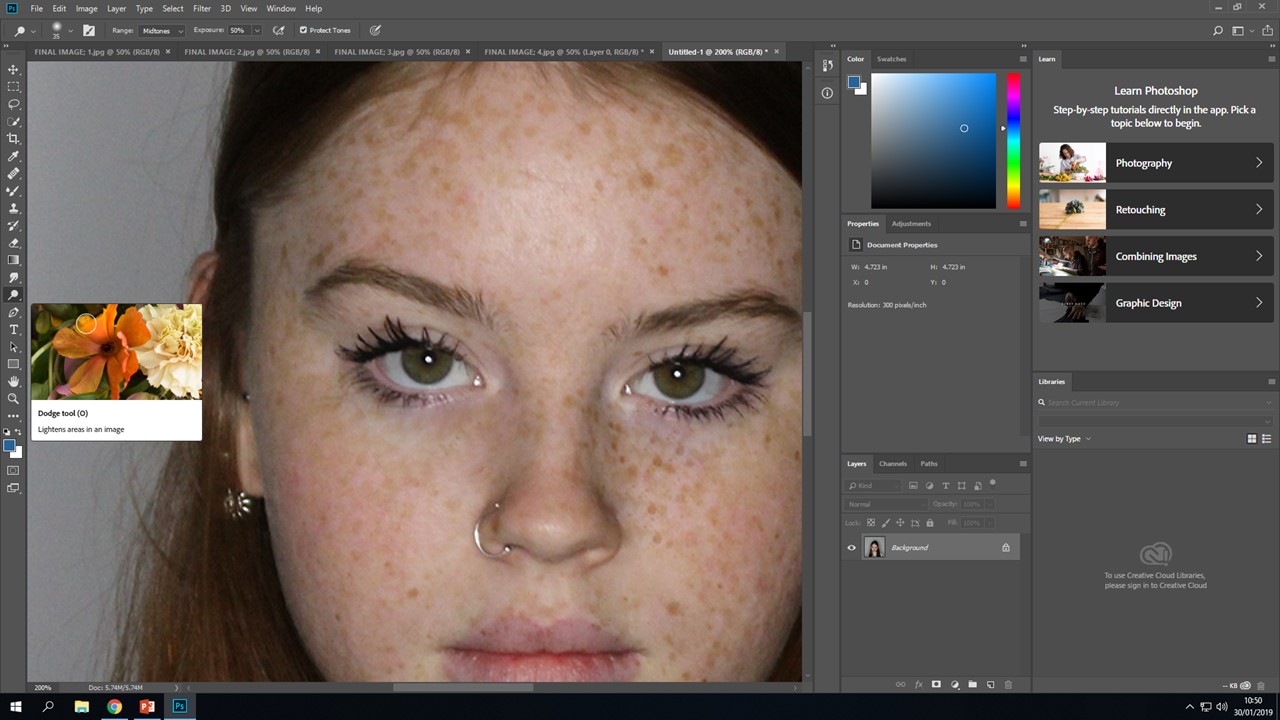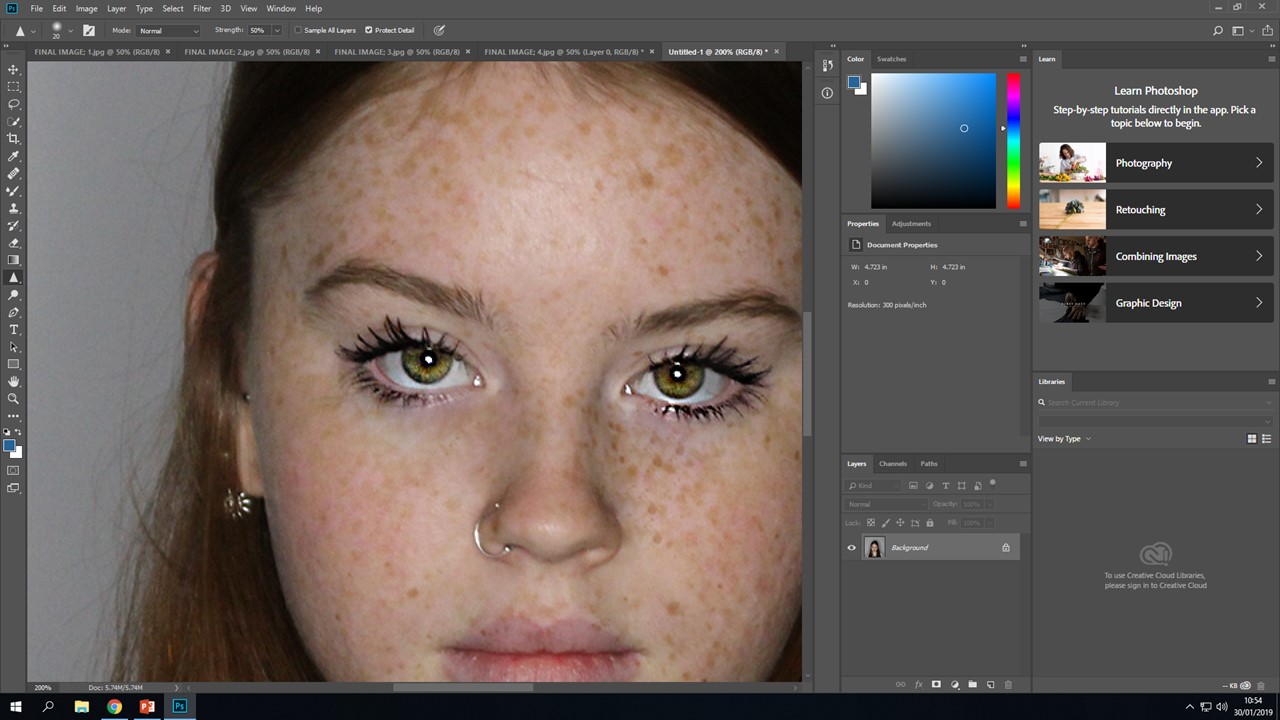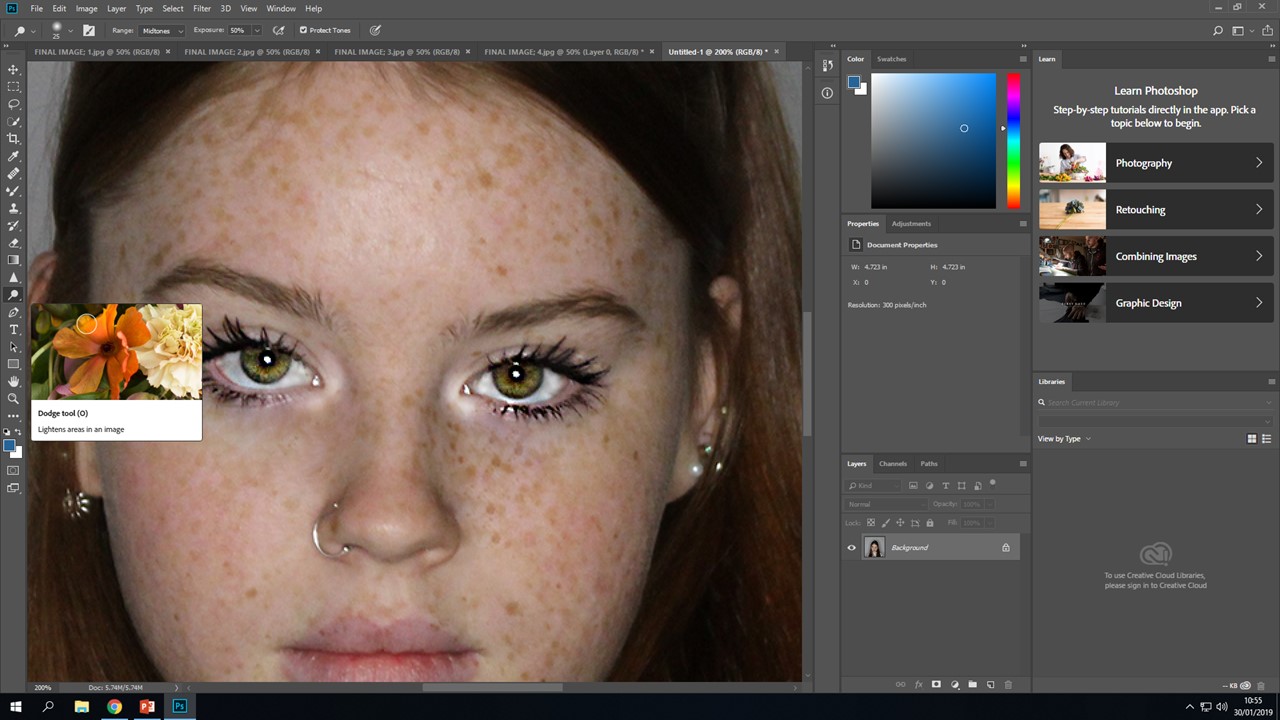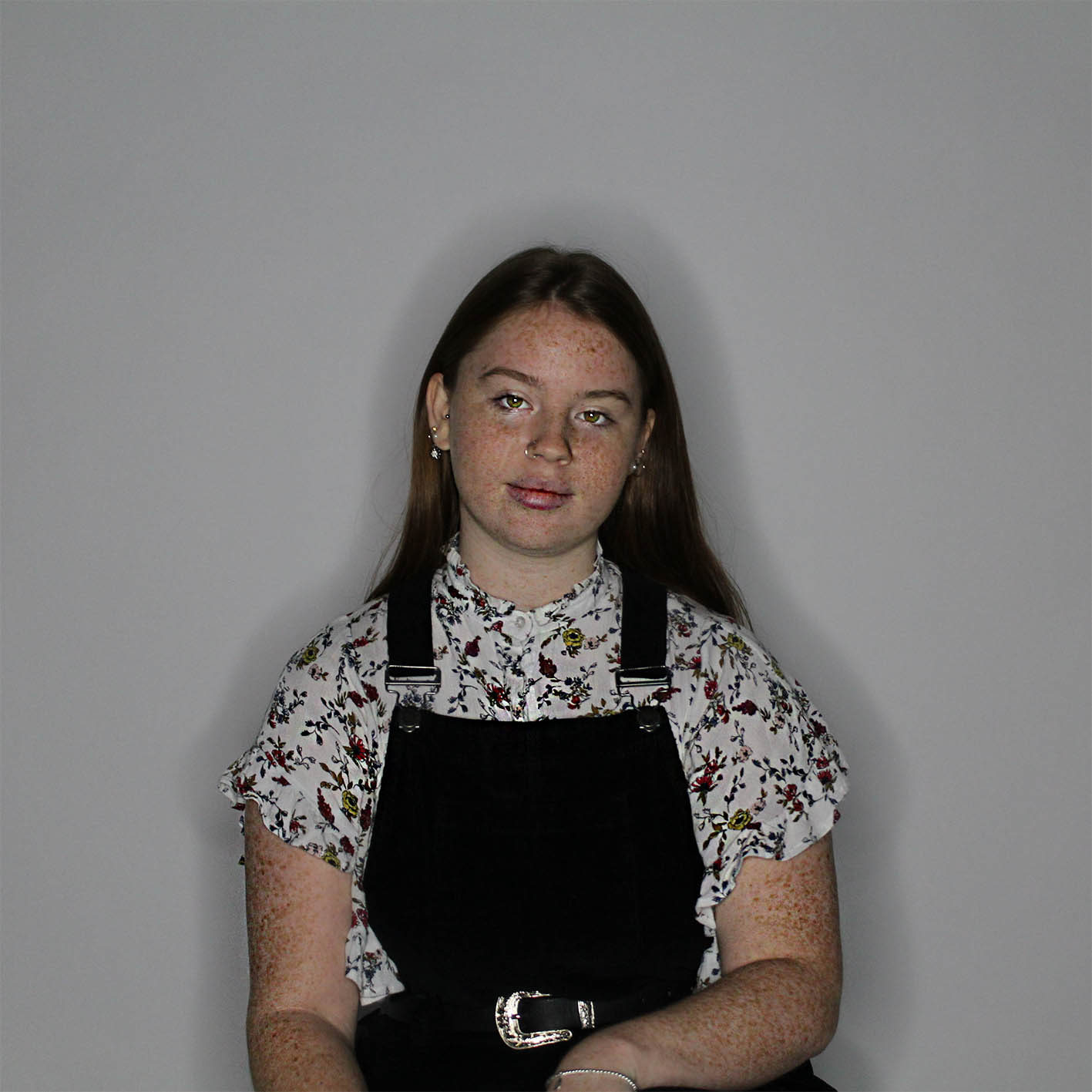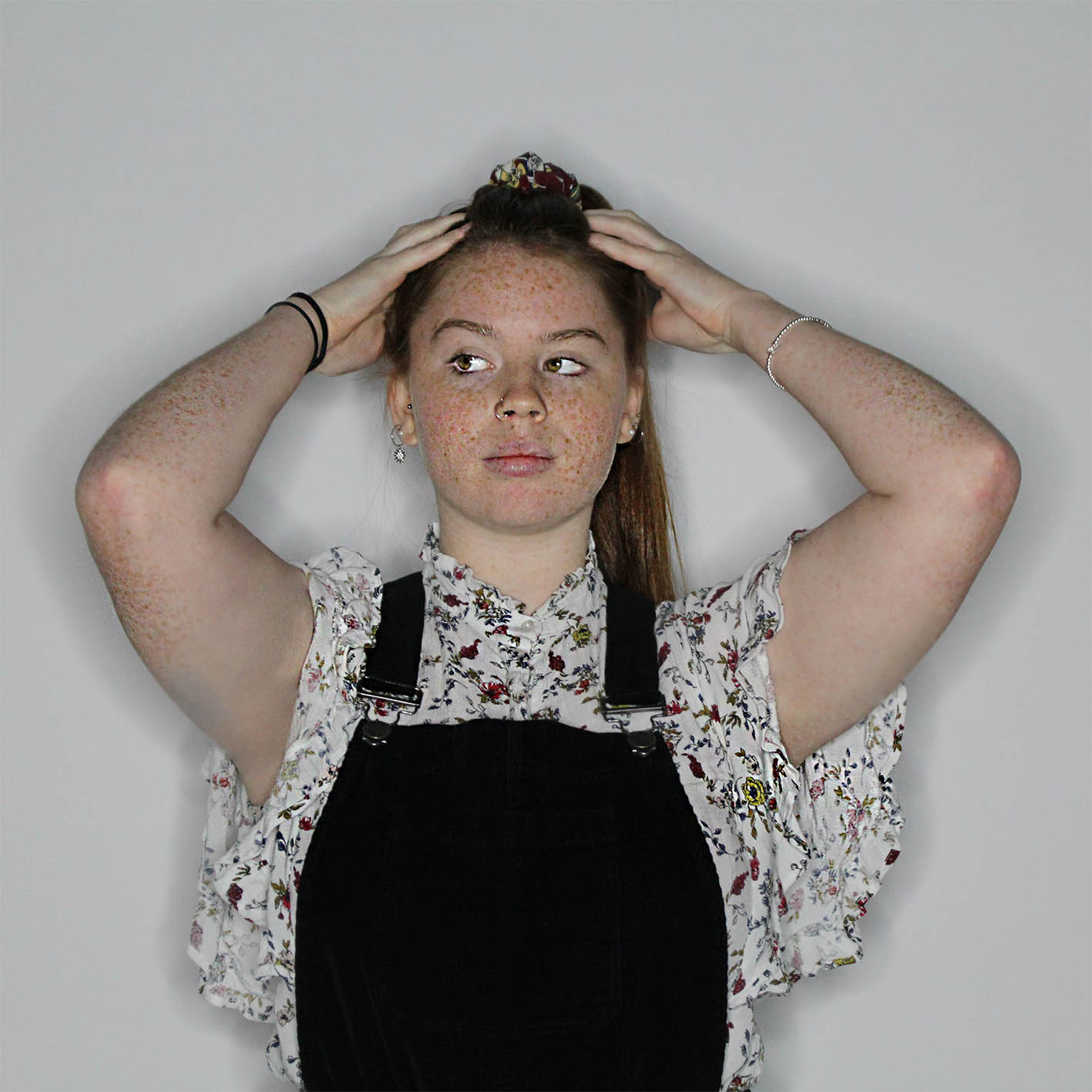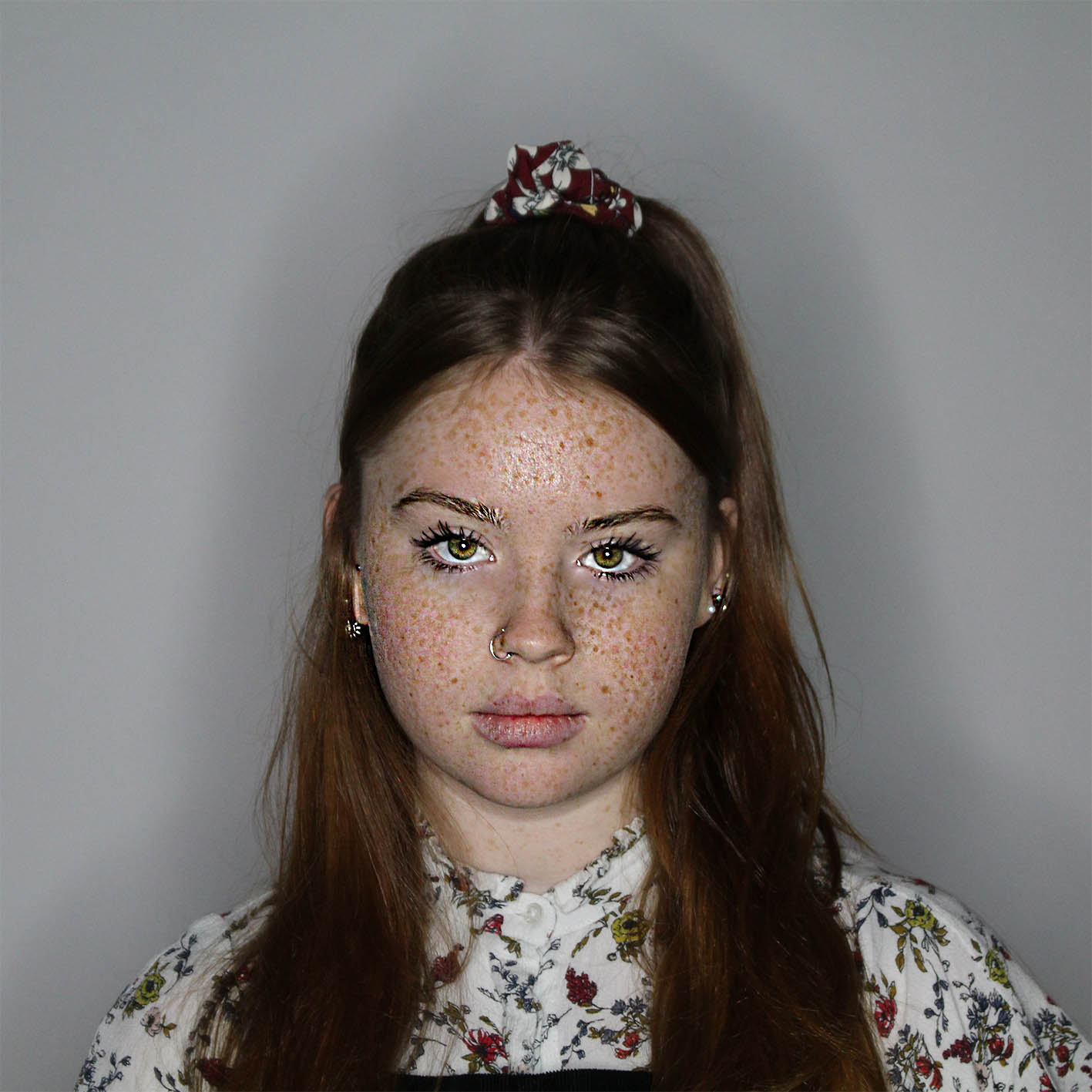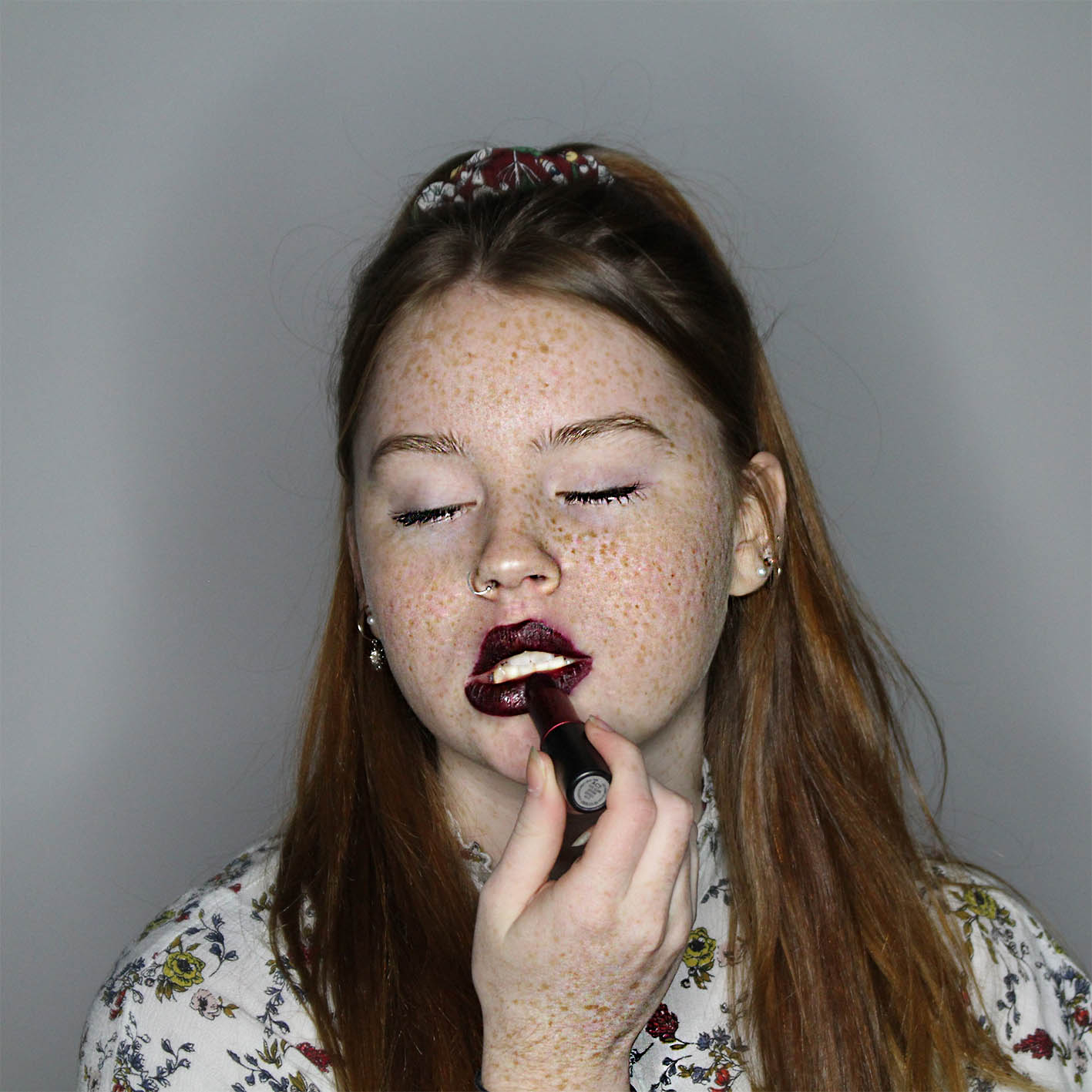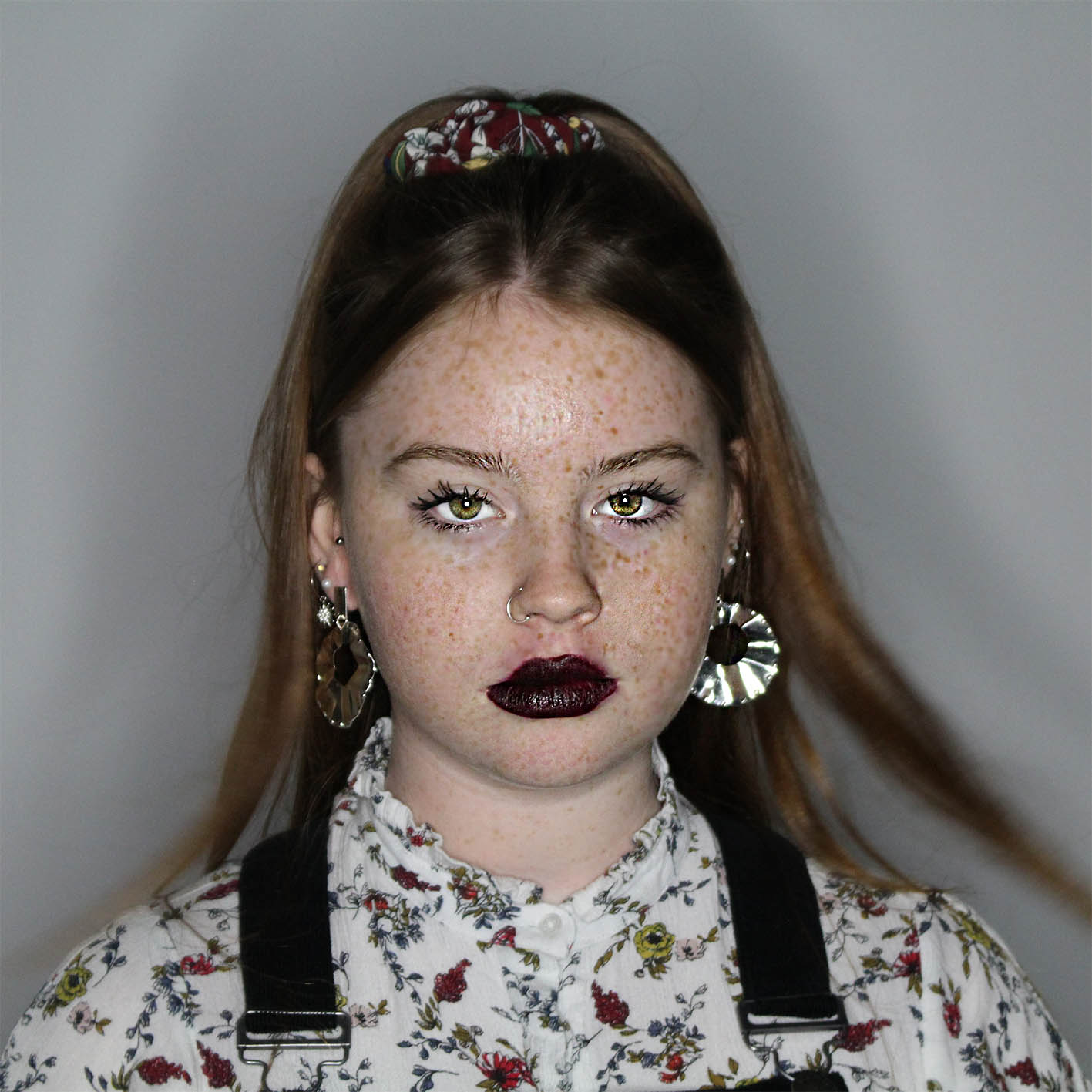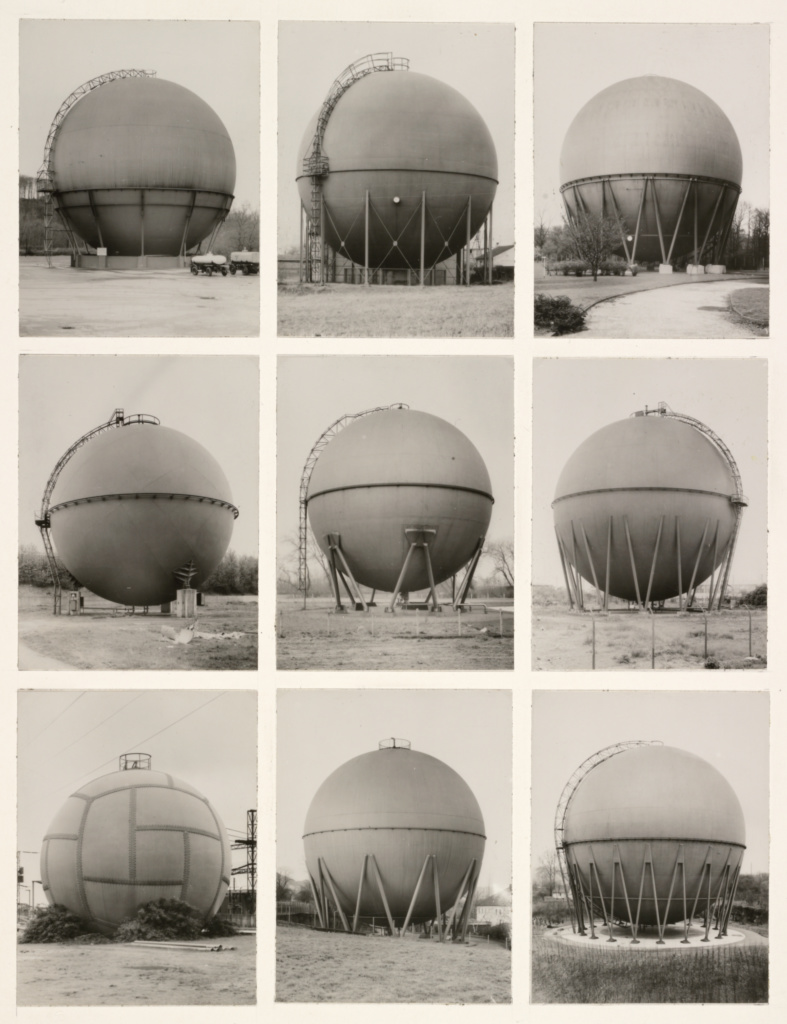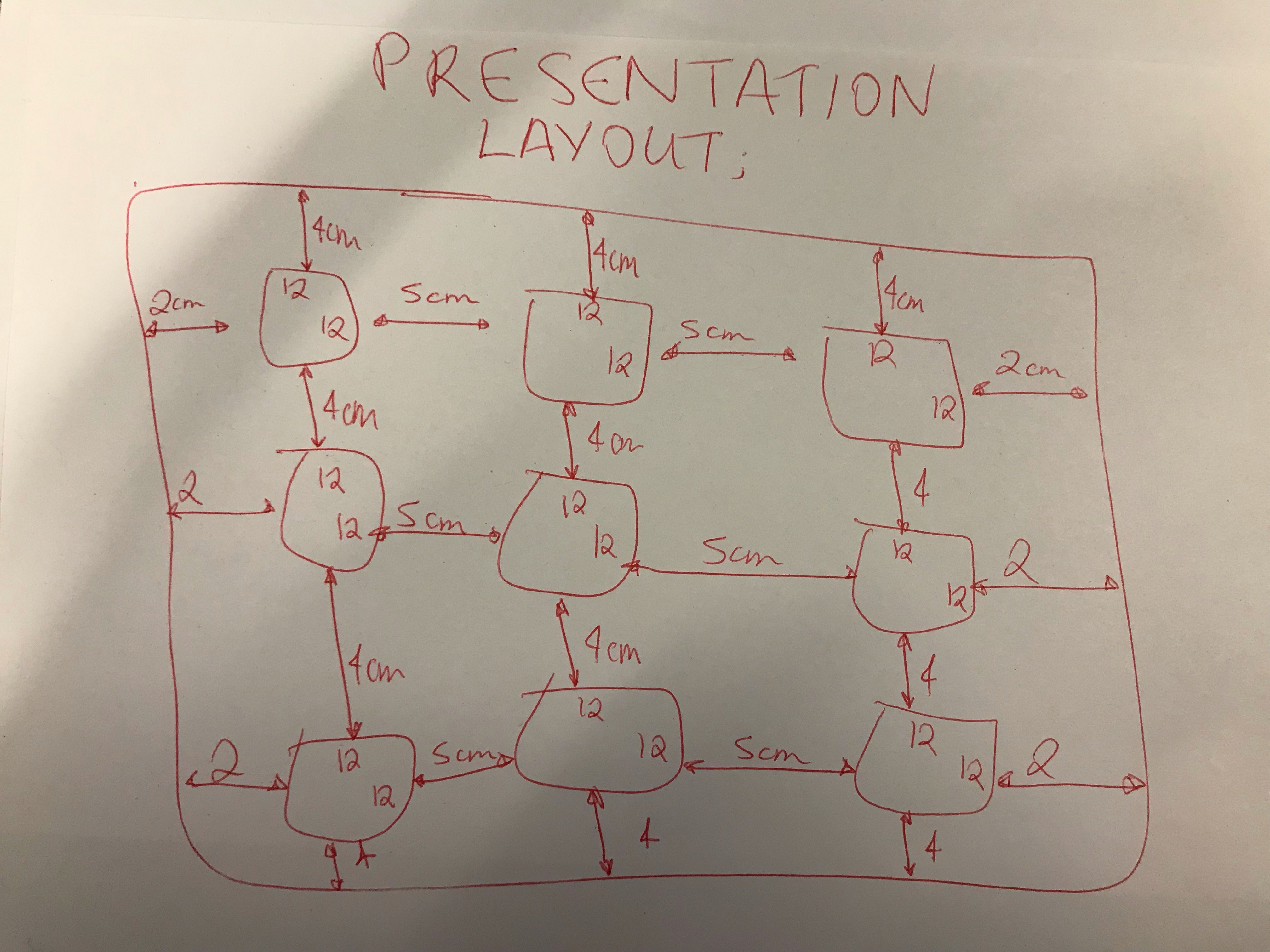My response- Identity And Place
The images below are my respone to both the theme ‘ Identity and place’ and the response to my artists one being Eamonn Mccabe and Brad Mangin. As my action plan consisted of my brother playing foot ball and the process which a young footballer has to take due to play as best as he can. Some of these images are what id like to call action shots. This is my interpretation of identity being the child and place being in his element which is football fields and some images are captured indoors to show the process of him getting ready for training.
Here are my images in a form of a contact sheet.
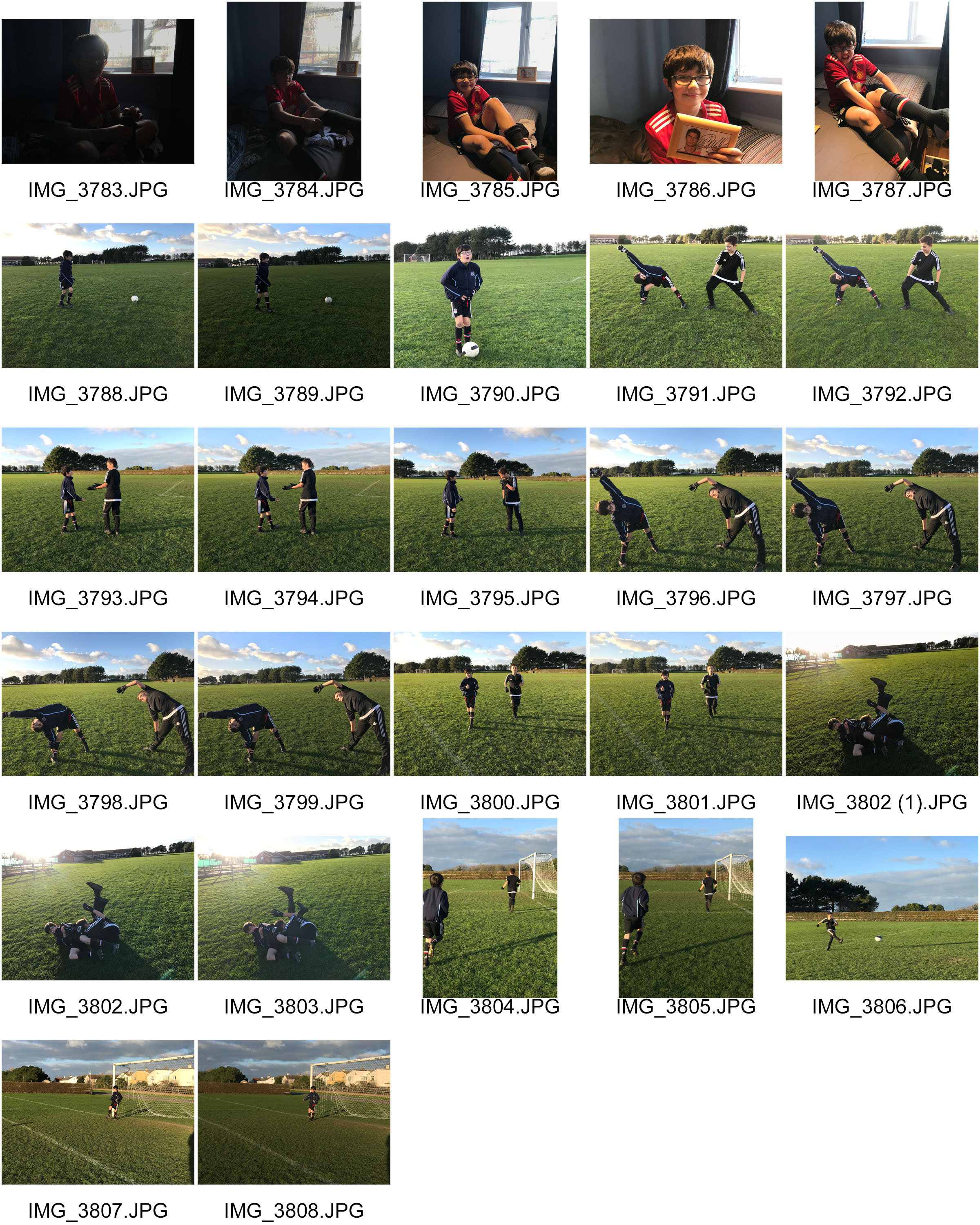
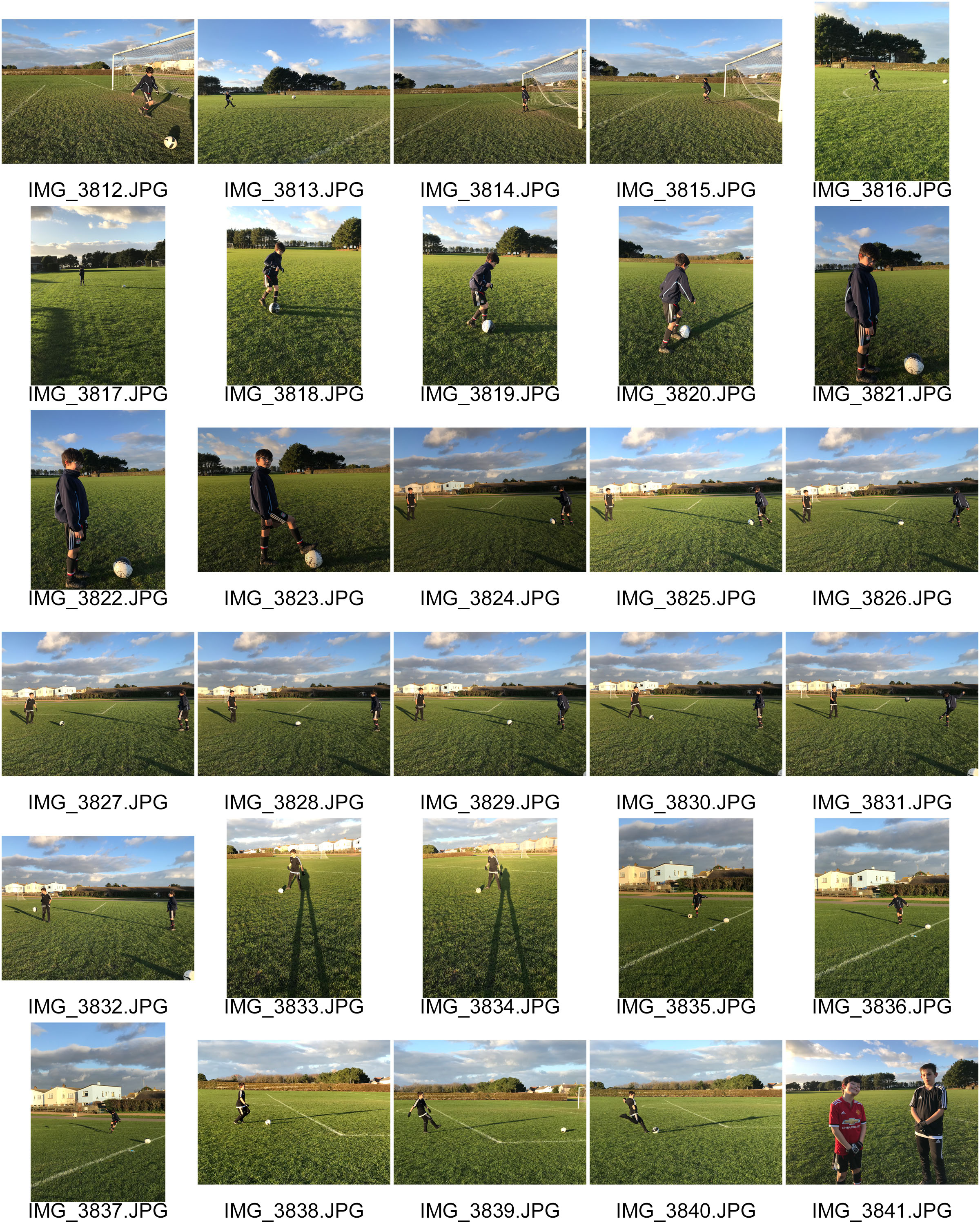
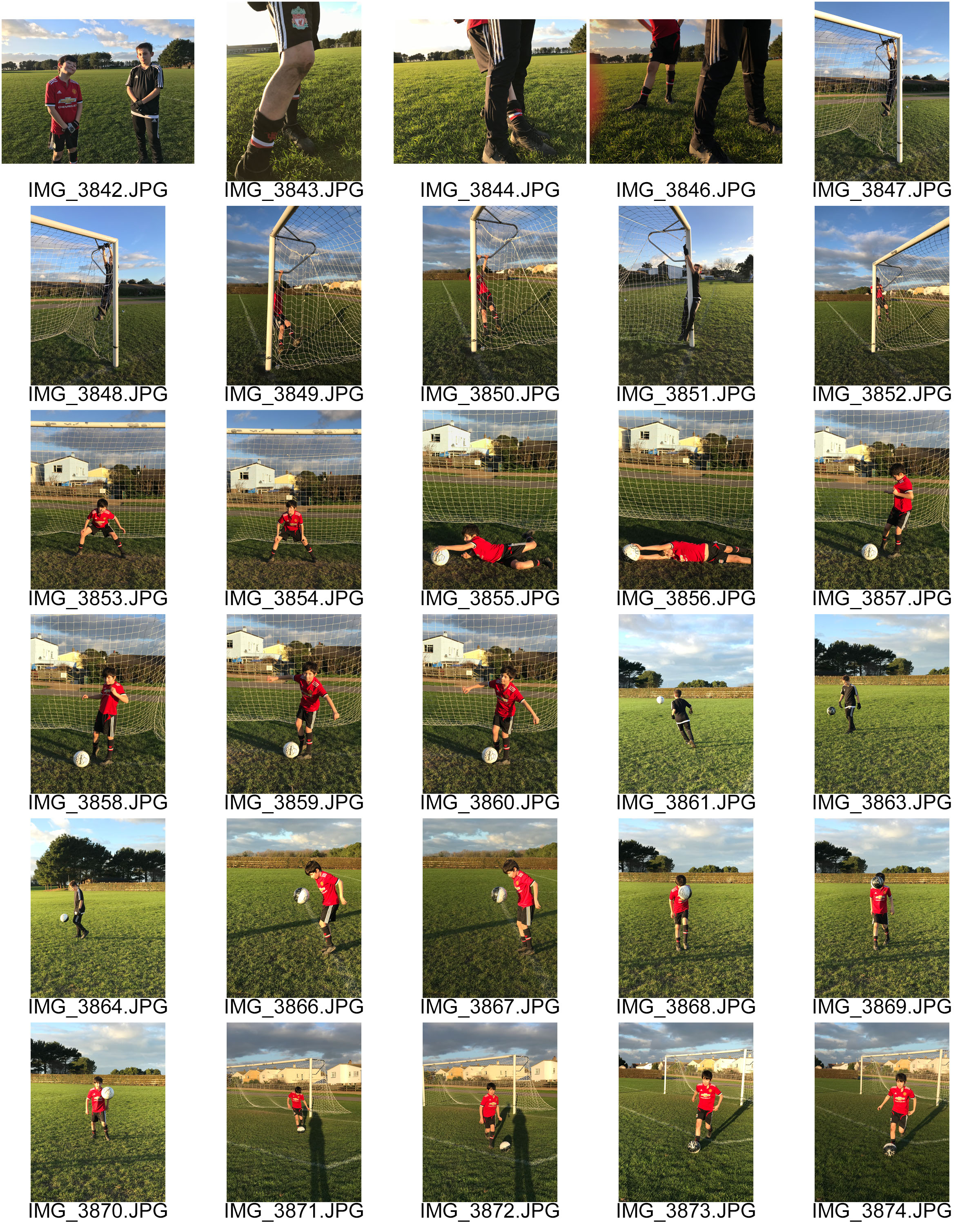
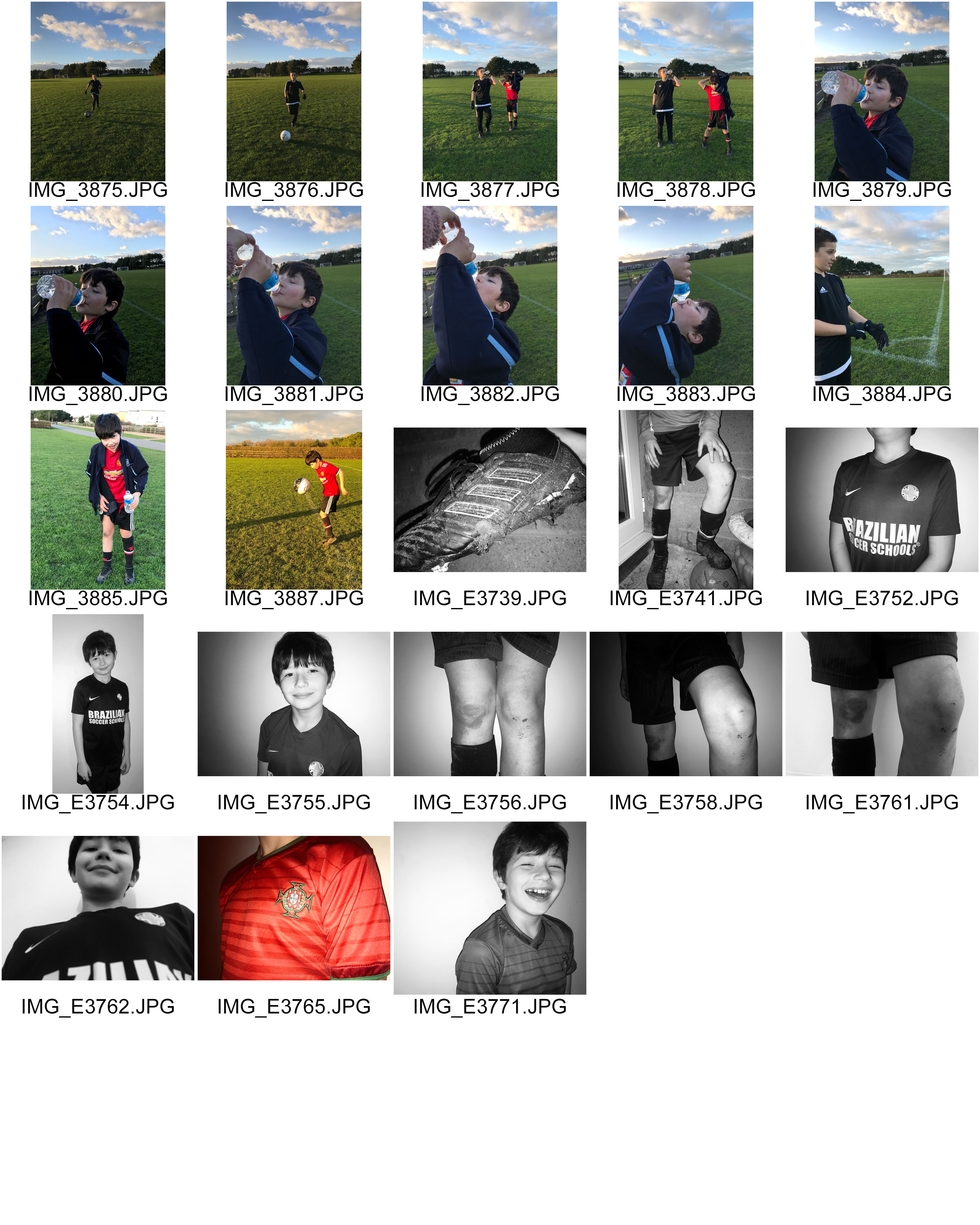
In the examples below you can see I have drawn over the images. have done this because some of them are under exposed therefore to dark so I am unable to edit it I have done that in (red) . Additionally if the image is too over exposed or under exposed i have decided to cross it off In (blue) .If the image is out of focus I have chosen to cross it out in (pink) Finally if the image I think has too much negative space behind it which makes the images look quite bland and boring I have crossed out the space in (white)
Now having looked closer to these images, its evident that some are better than others in terms of the lighting quality the picture just how its presented visually and the context behind it.
Visually, when i was planning this photo shoot i could not have picked a better day in terms natural lighting, the glow in some of the images really make the image more welcoming to look at giving it quite a warm temperature as well, unless i’ve chosen to add them images into black and white. However if it wasn’t for the light of the sun the 3D effect i was after would not have been achievable. I also like how some images have the shadows in the background because it fills the image more which is something i had a problem doing when i did the photo shoot. On the other hand some could say the space helps the image as it slightly draws attention to the small people in the image.
In terms of detail due to the drastic, golden effect of the sun i have been able to capture quite heavy amounts of detail like the individual lines and patterns from the grass and the goal even the close up details of the football and background. I captured these images on the quennevais football fields which actually adds a bit of value to the images as its where my brother began to play football. We would usually take him there in the afternoons and just have a kick about which now has lead him to having a passion for this area of sport,which now is involving as he’s just practiced for the island trials. Now he uses this time in the afternoons when he gets home from school to go out and practice with one or two friends which day by day is improving his skill and technique.




